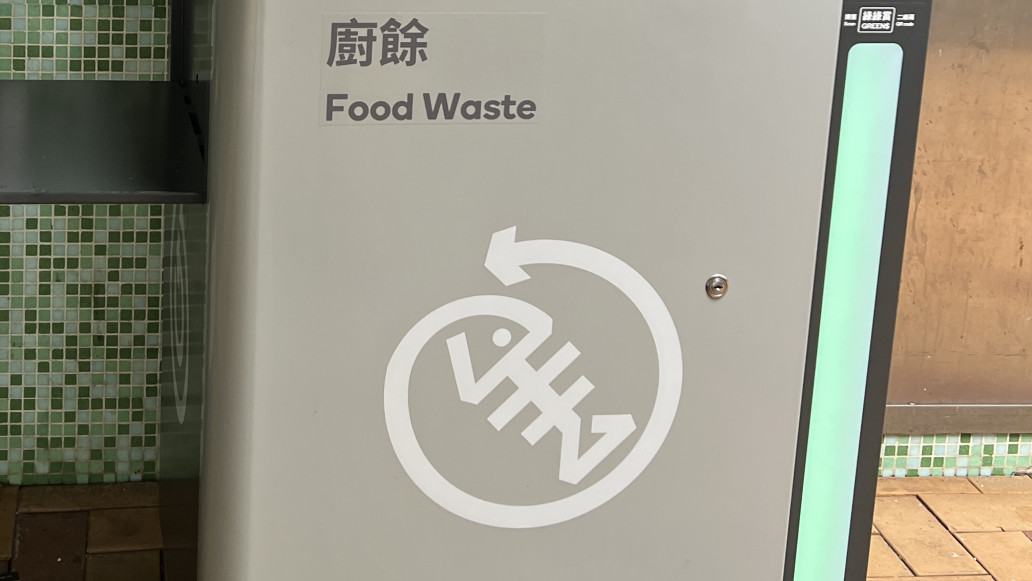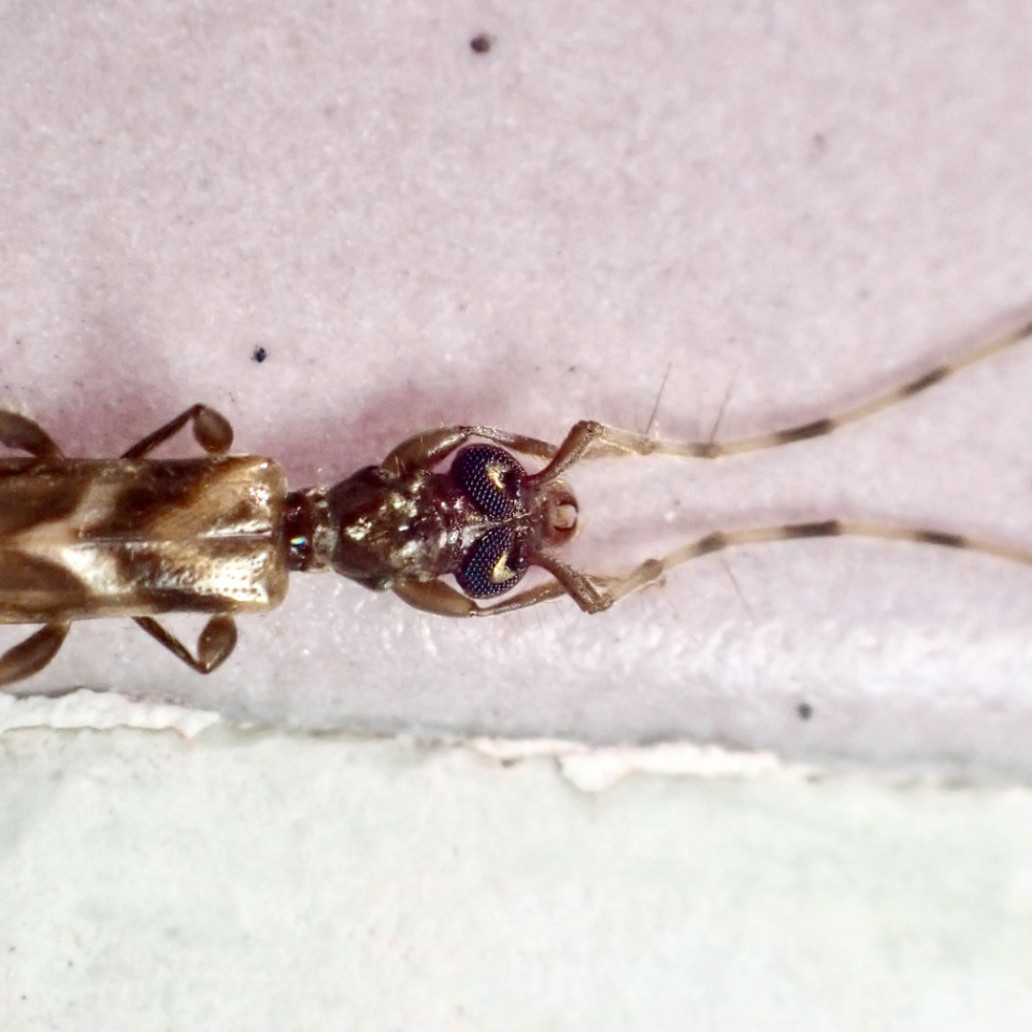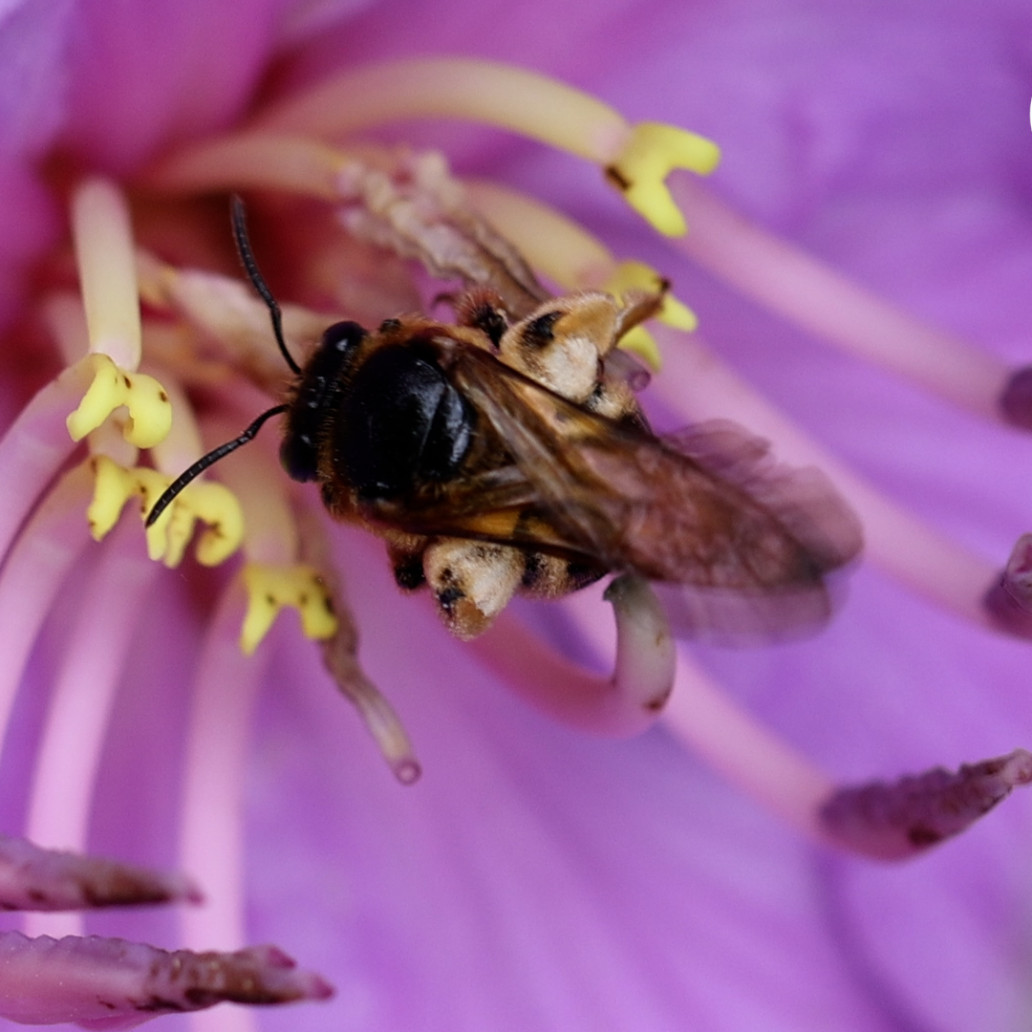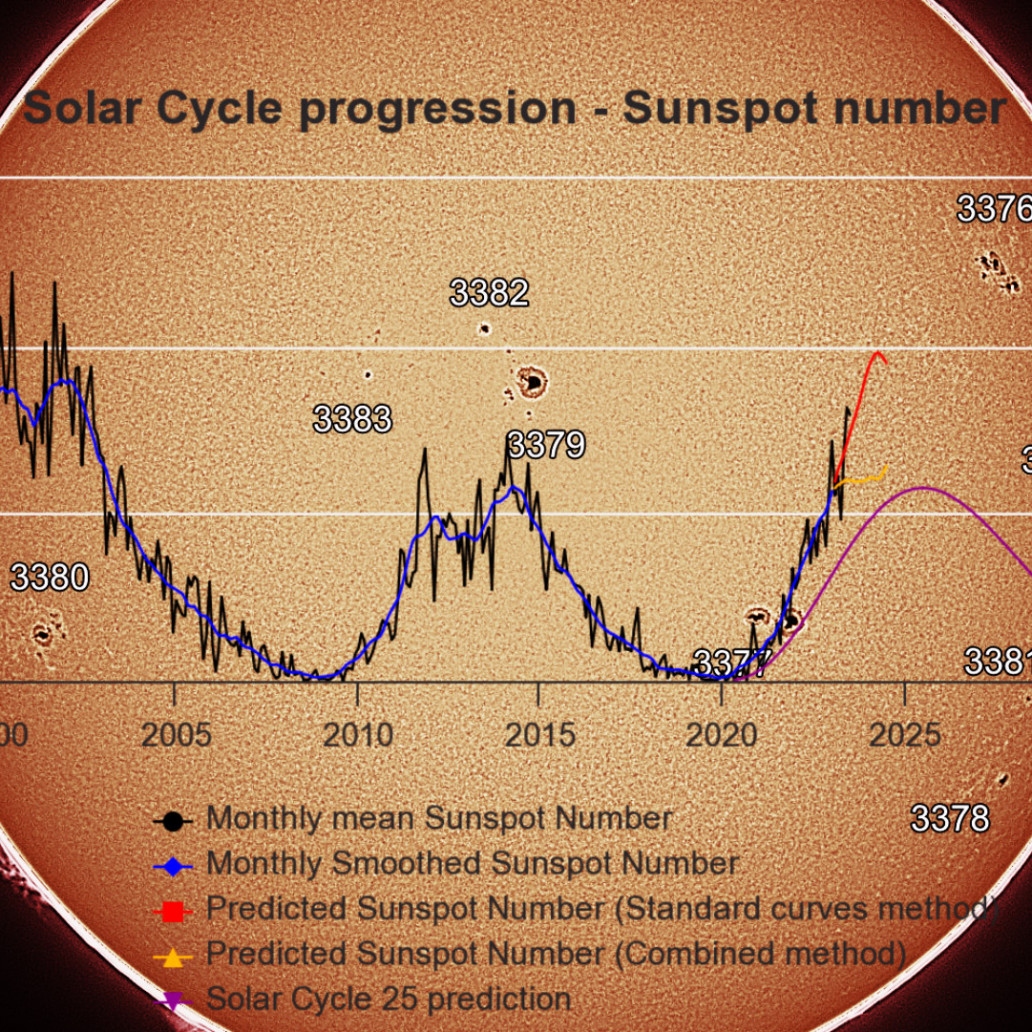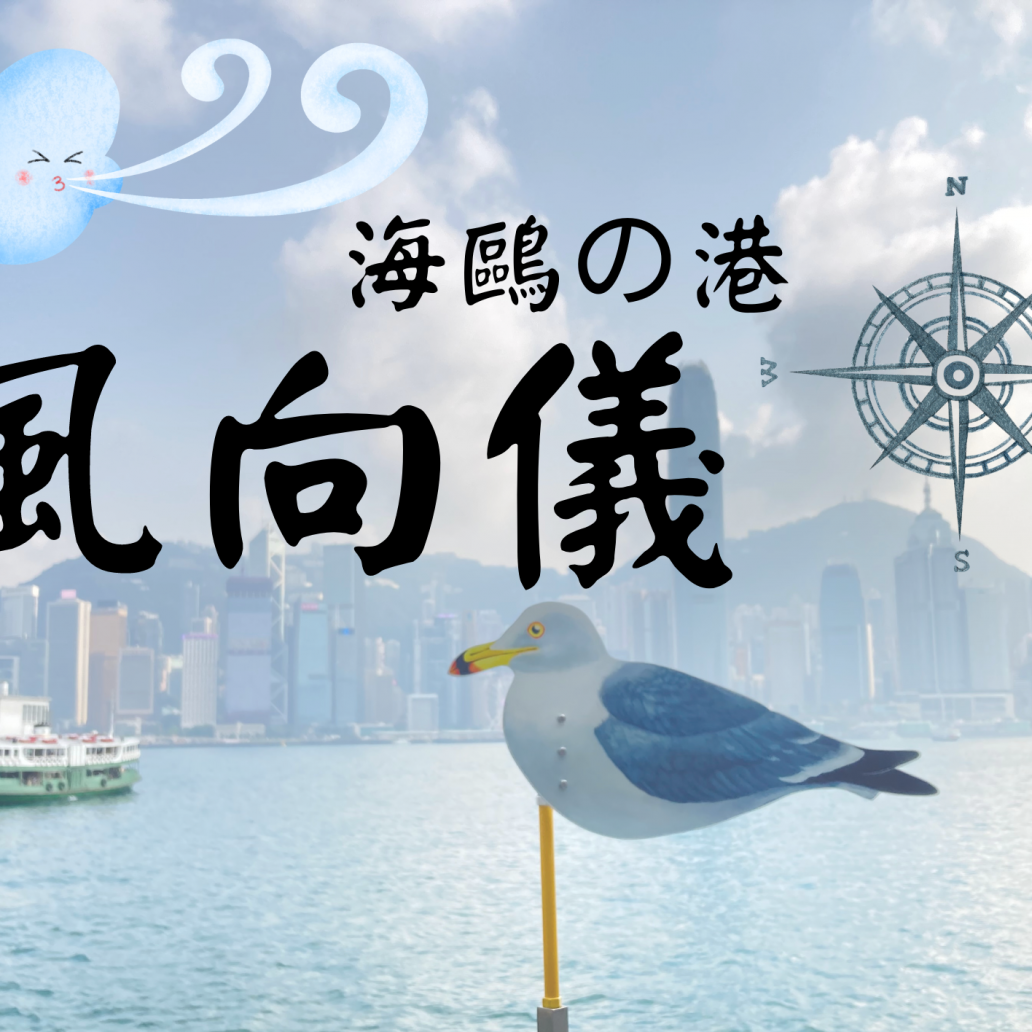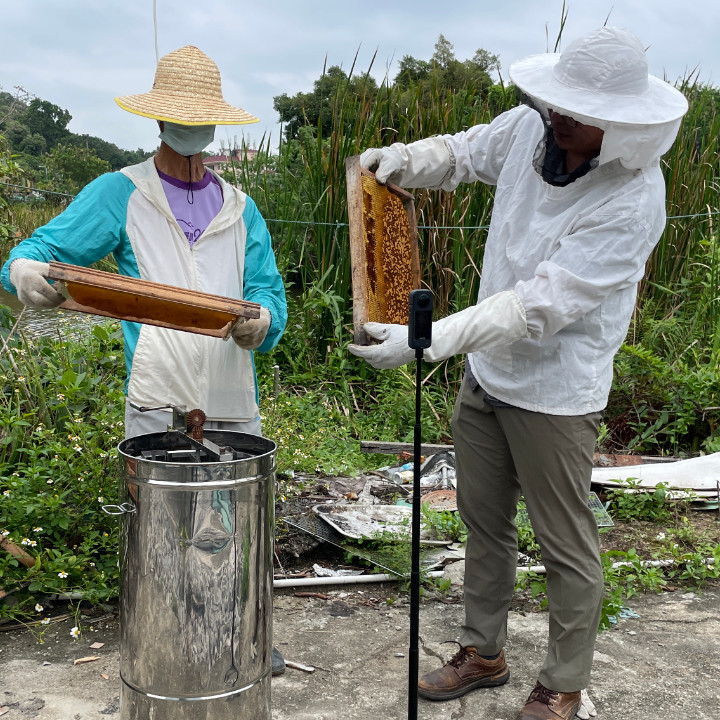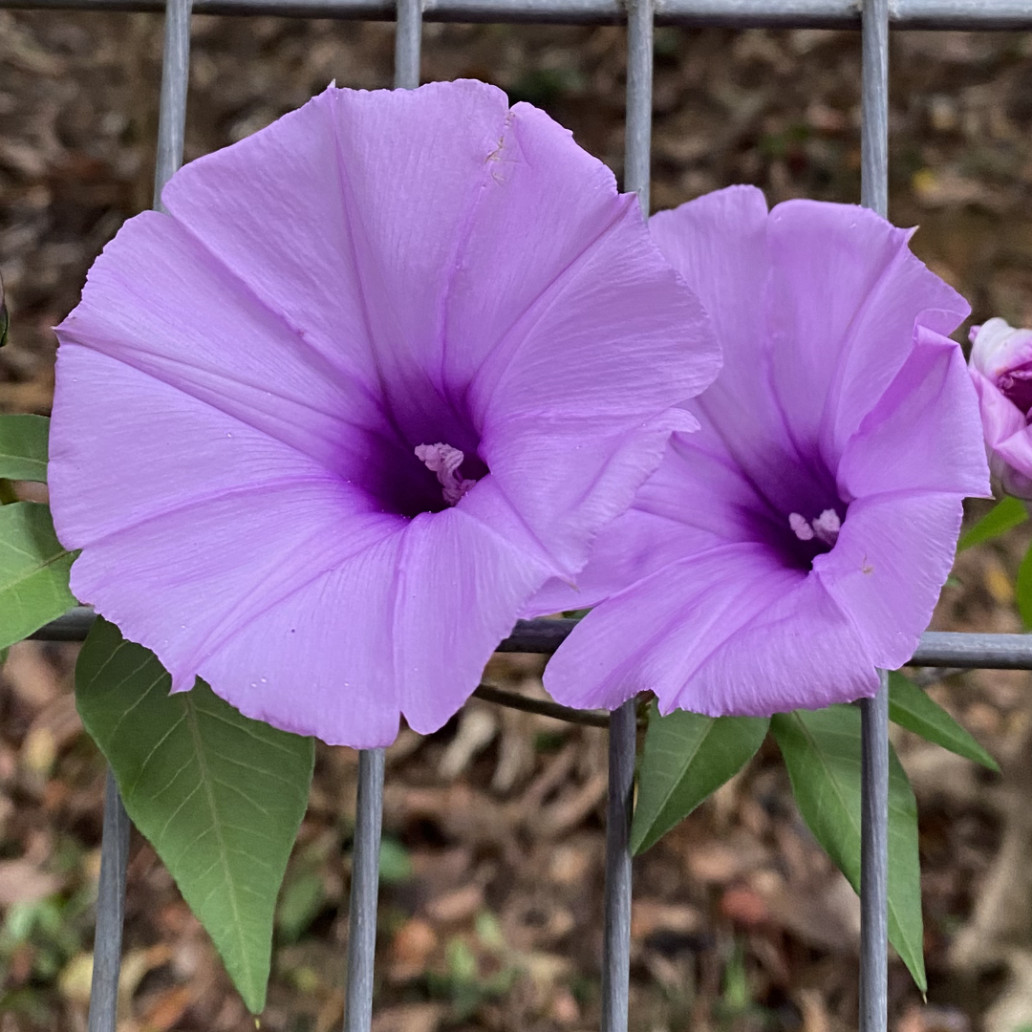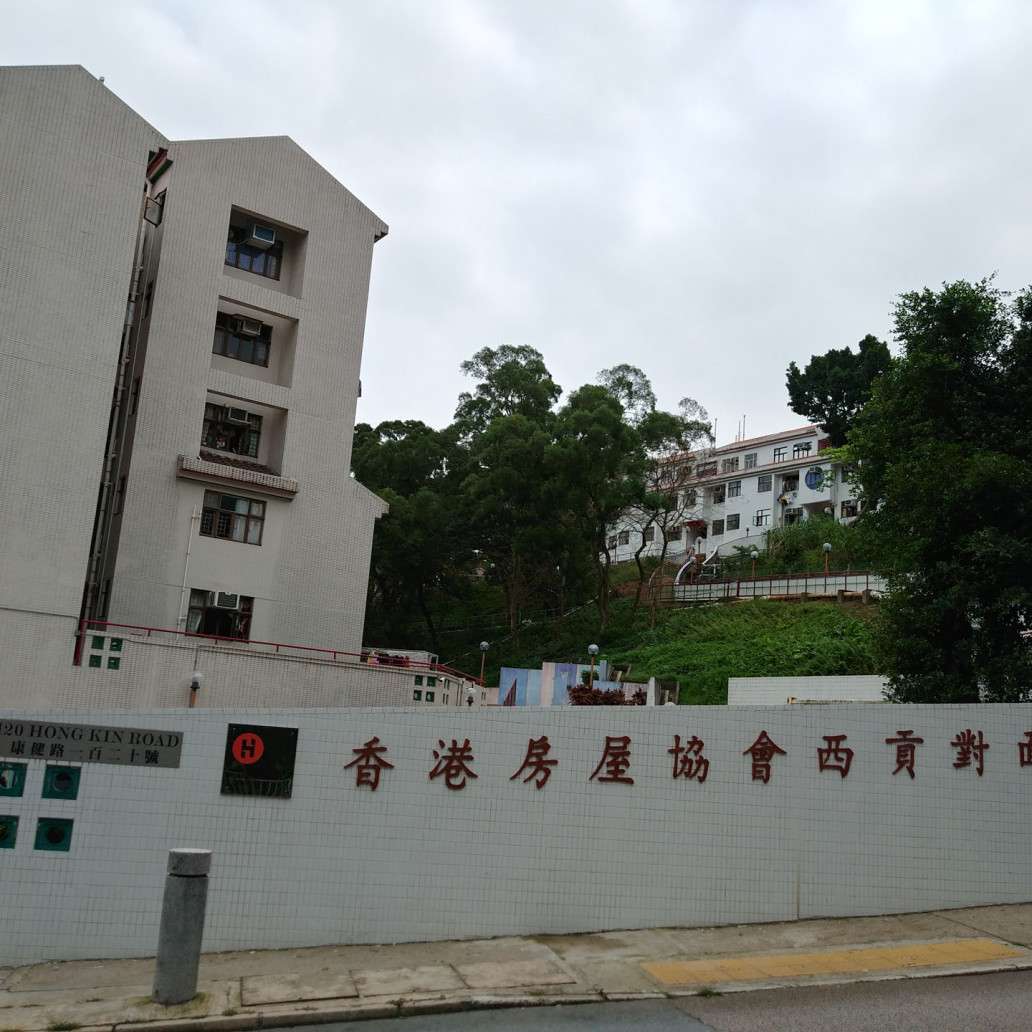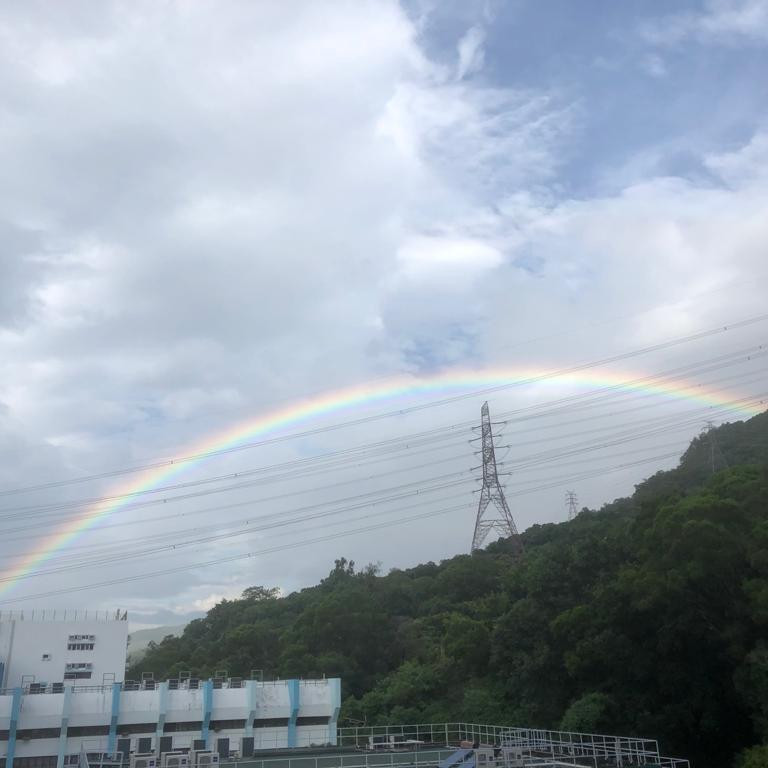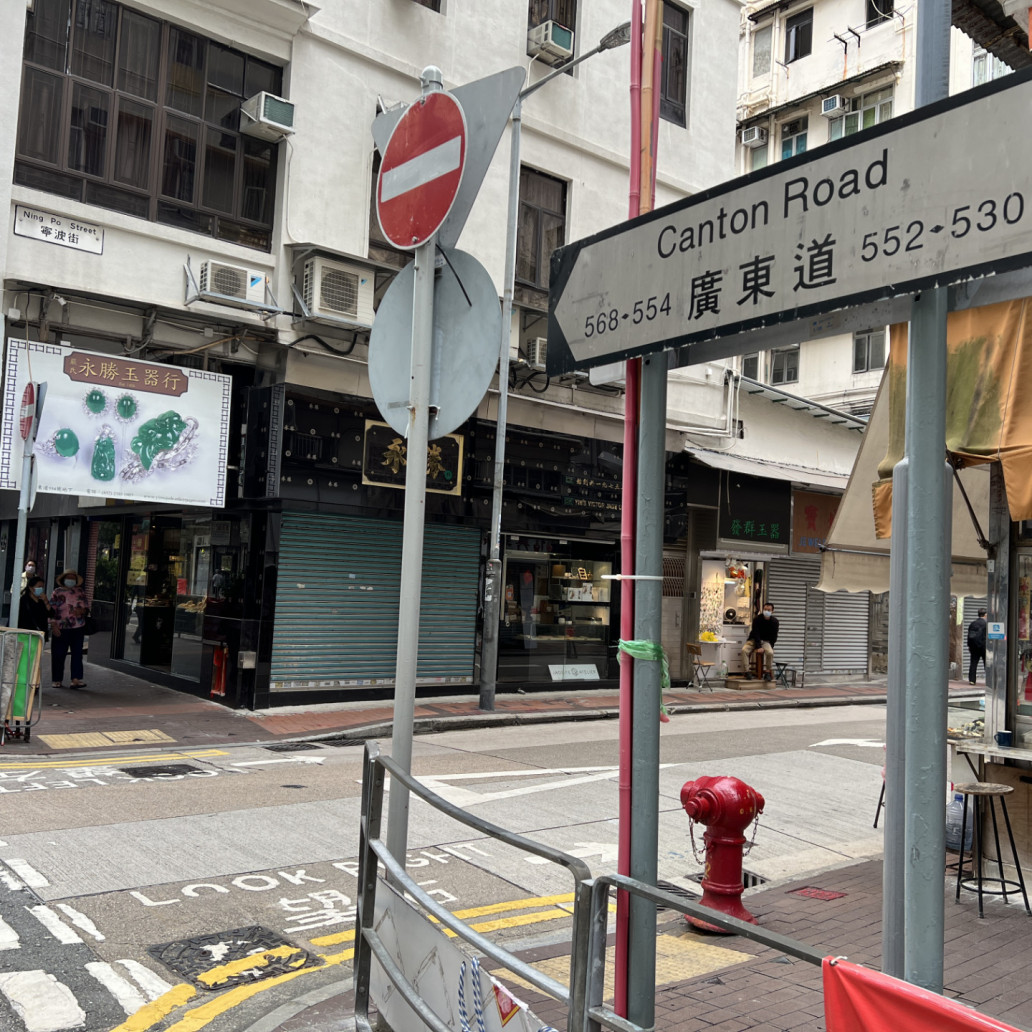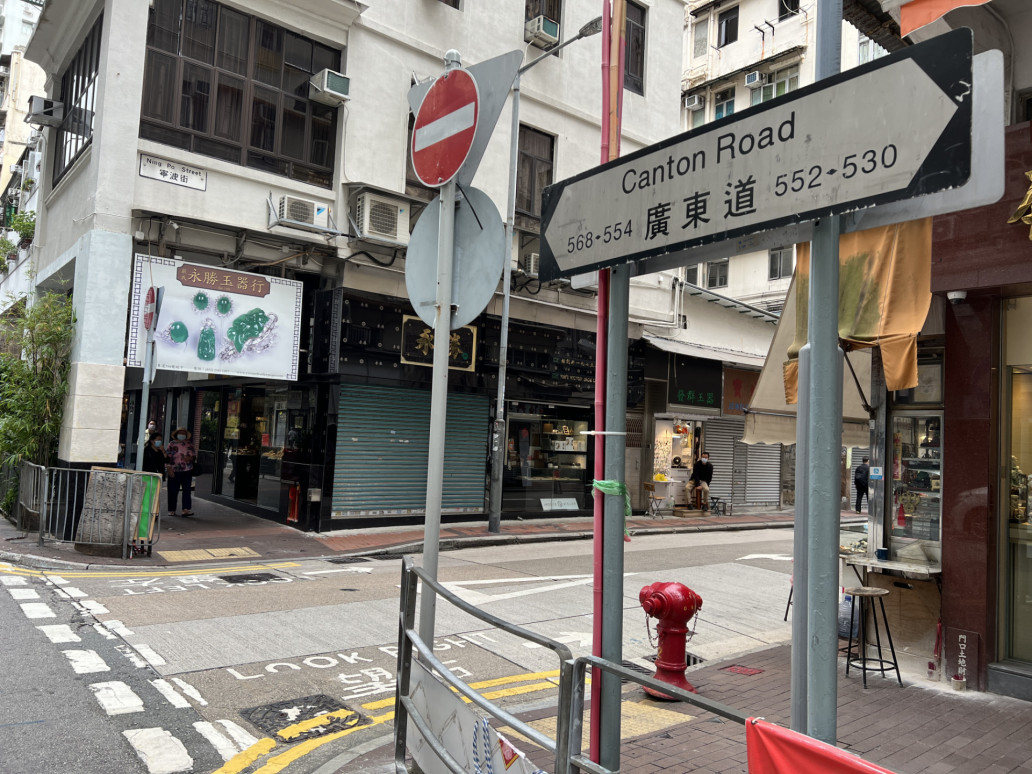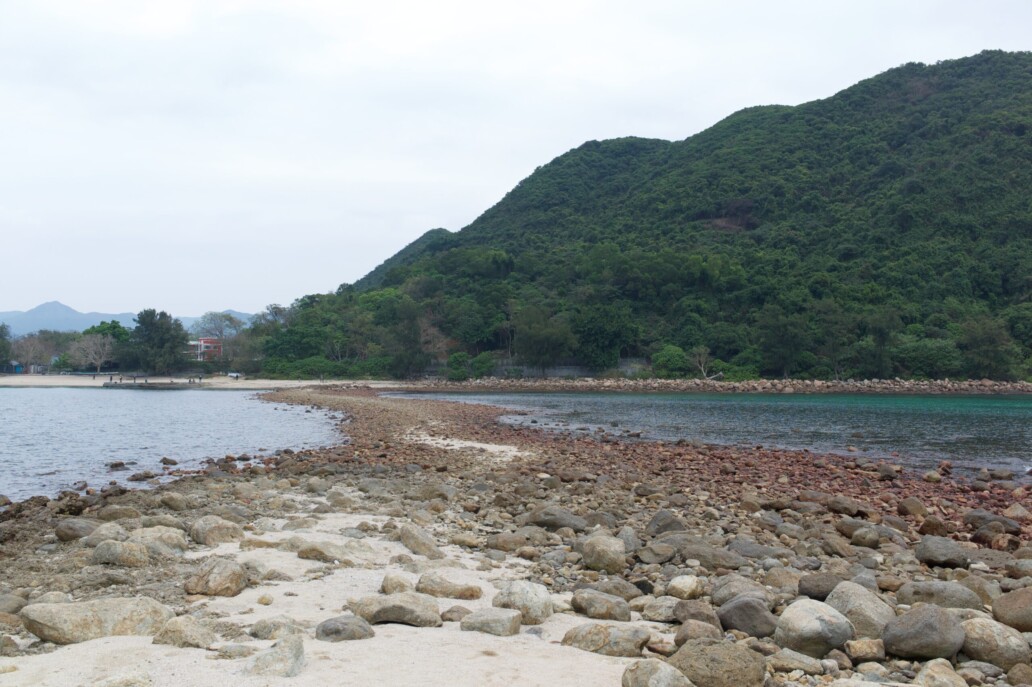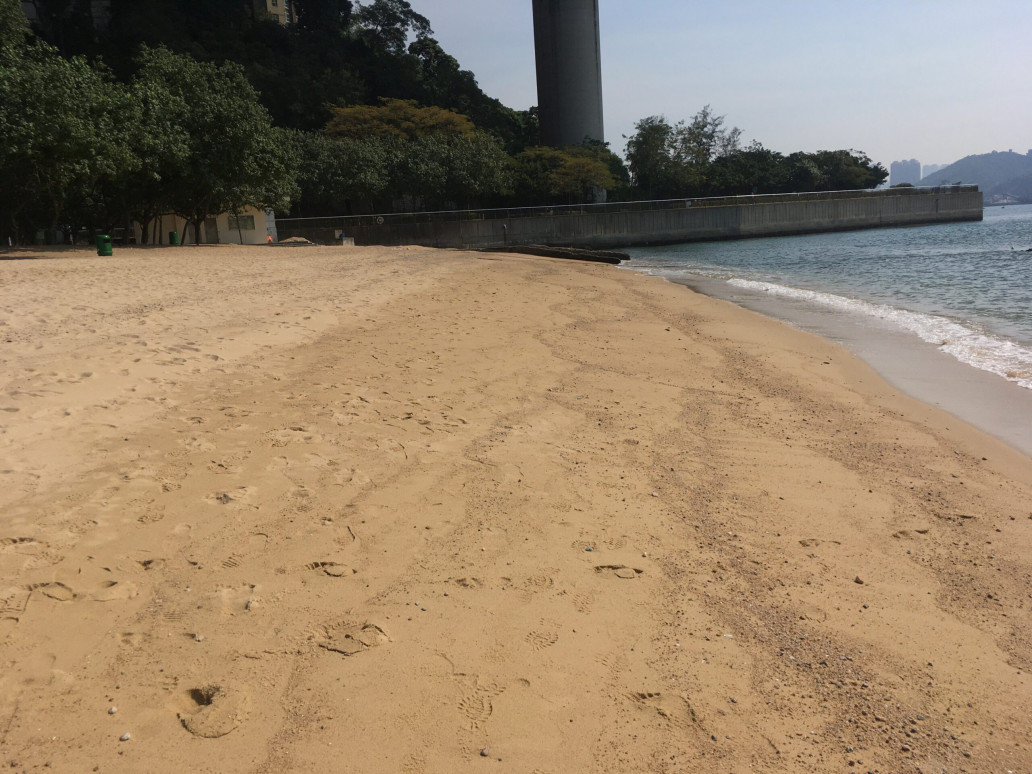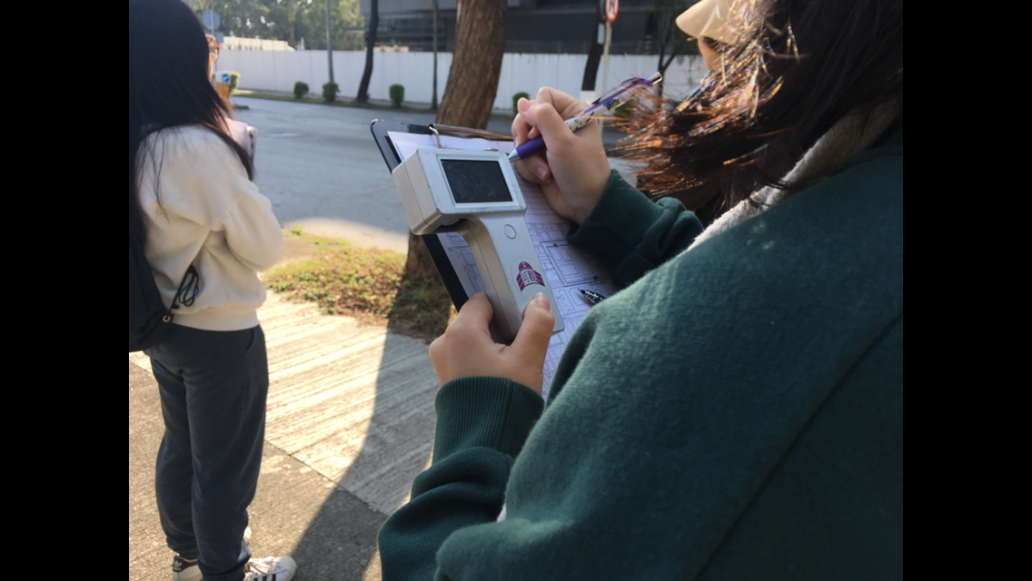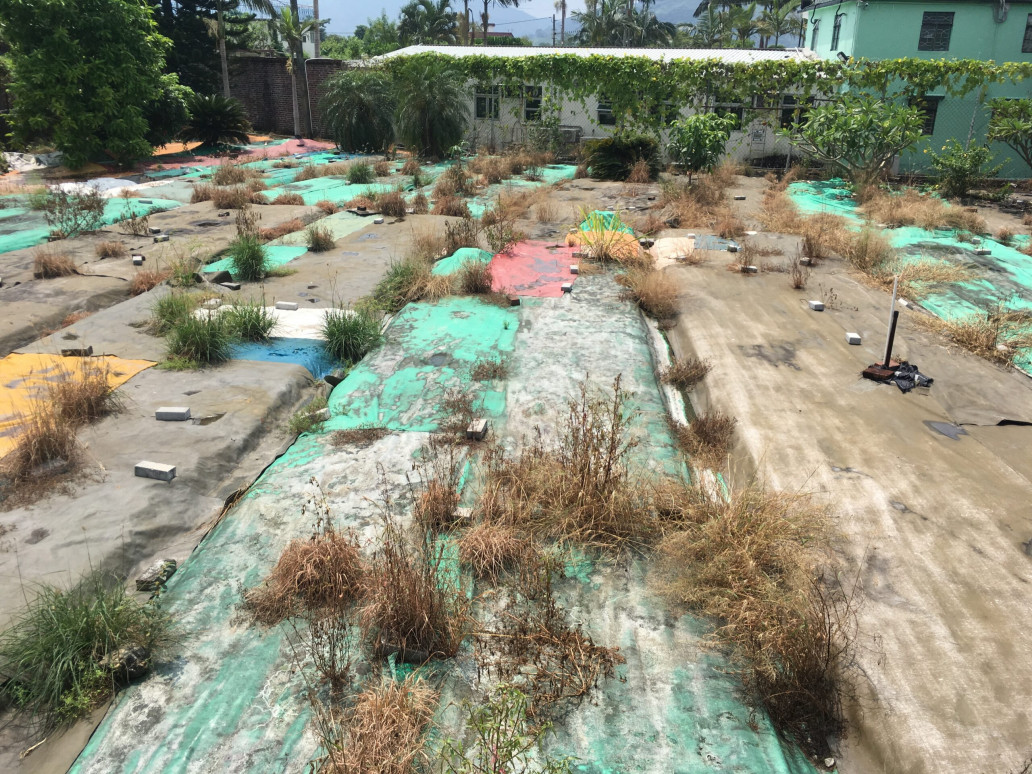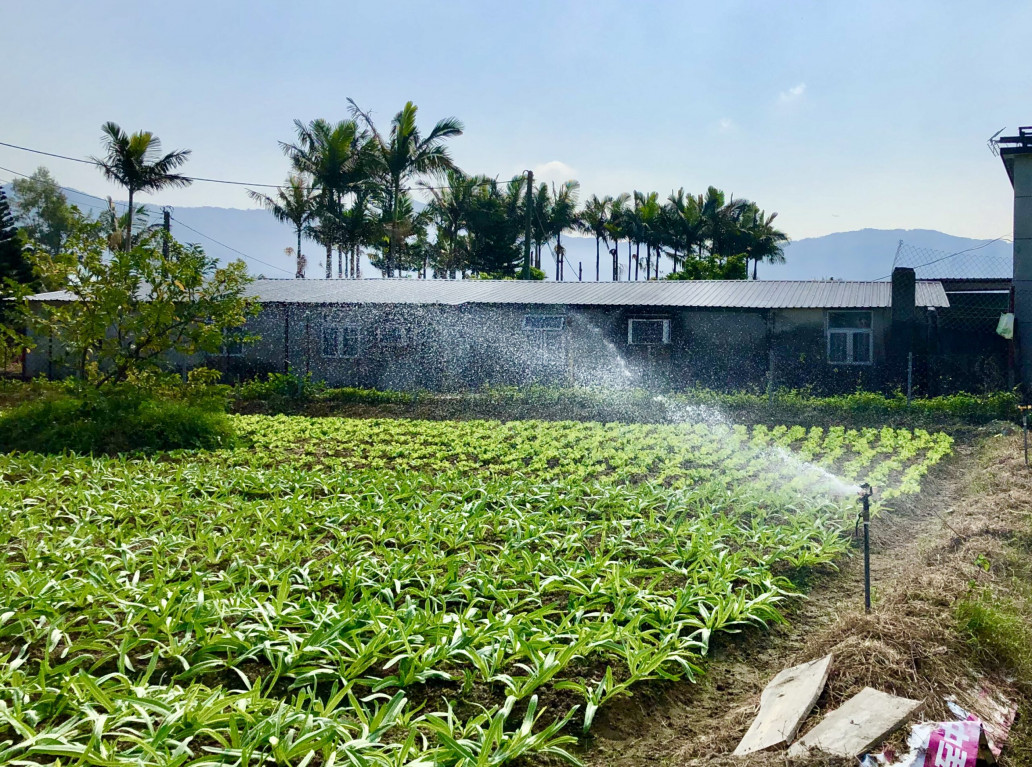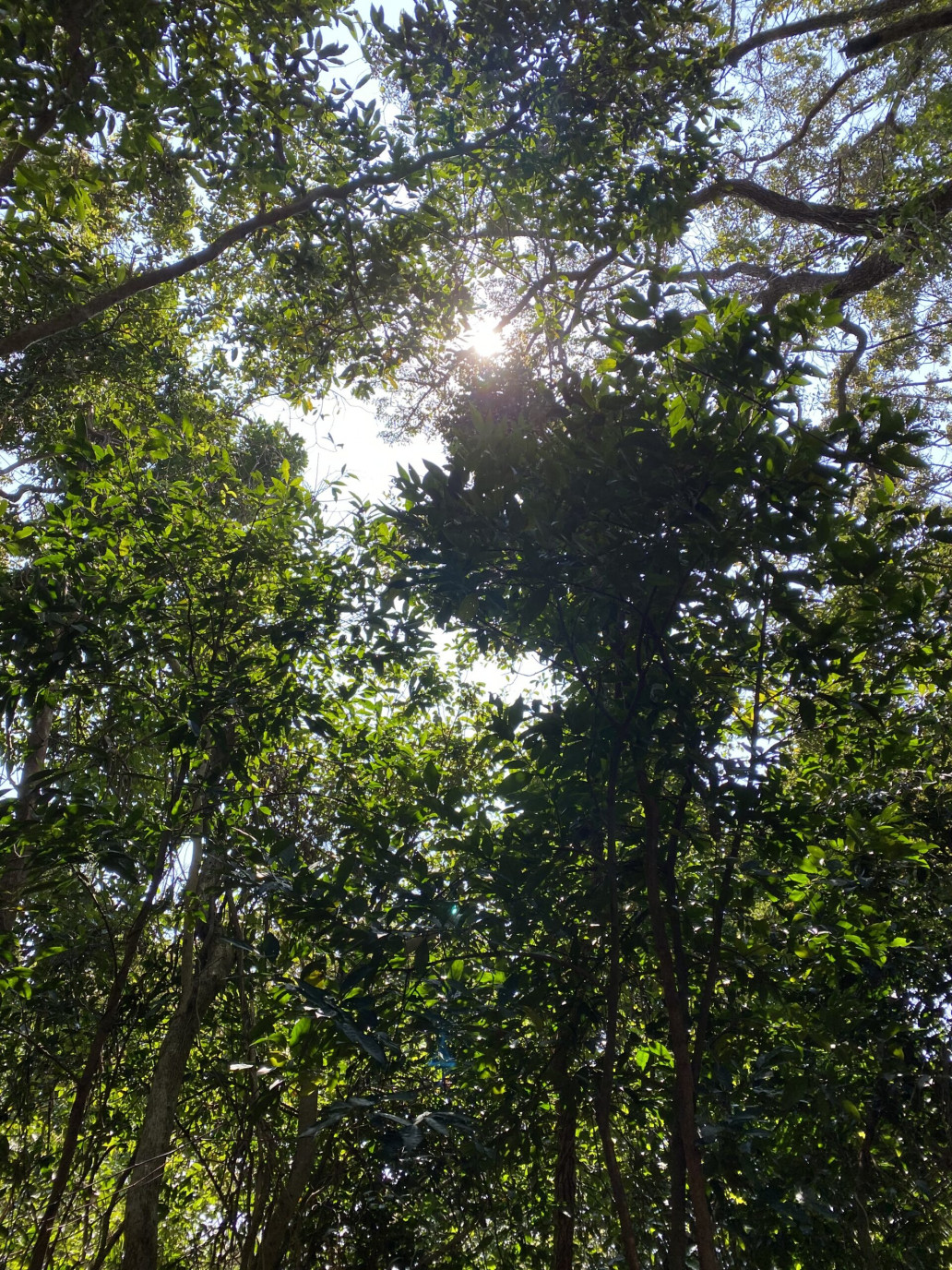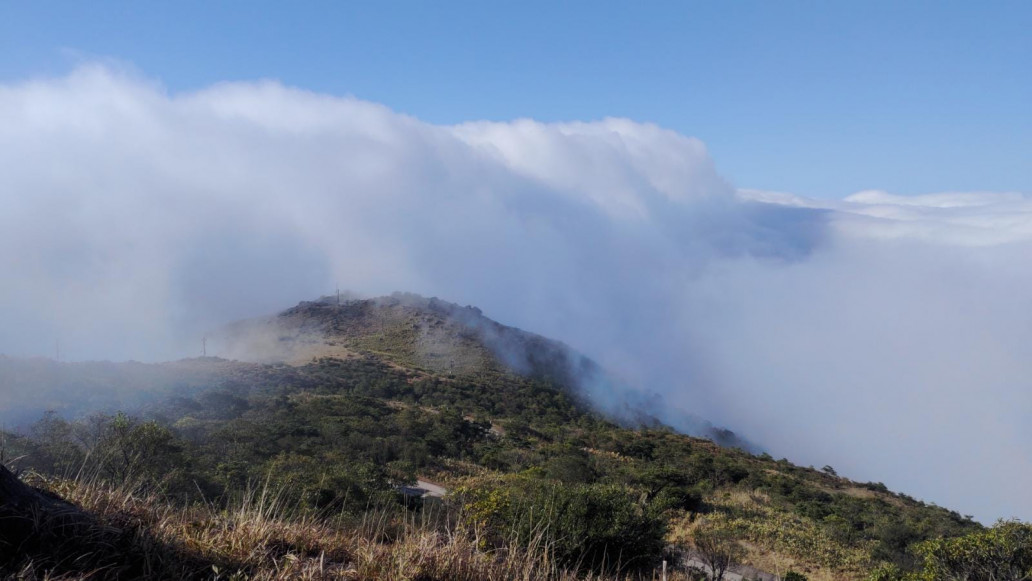認住呢條魚骨——廚餘處理
二零二四年四月 第一期
認住呢條魚骨——廚餘處理
都市固體廢物收費(垃圾徵費)是目前城中熱話之一。政府引入此制度是想藉此作為「減廢政策」的重點工具,祈盼社會各界、香港市民能夠珍惜資源,實踐源頭減廢及乾淨回收,以舒緩目前龐大的垃圾棄置量的問題。
為配合「減廢政策」的推展,環保署一直推出多項措施,而一般市民大眾除了關心「徵費制度」如何落實外,相信日常生活所產生的廚餘處理會是更貼身的議題。根據環保署資料,現時香港每天產生約3,584公噸廚餘,其中三成來自工商業,其餘七成來自家居,可見如何消減家居廚餘確是政策成效的關鍵之一。
環保署早於2012年就成立了「惜食香港督導委員會」,主力推動社區關注香港廚餘管理的問題。在工商界層面,委員會大力推行「惜食約章」及「咪嘥嘢食店」計劃,鼓勵商戶採取措拖與顧客共同從源頭減少廚餘,培養市民的「惜食、減廢」文化。
而在家居方面,署方積極推展「廚餘收集先導計劃」及建立「有機資源回收中心(O PARK 1)」,在公共屋邨及私人屋苑放置「智能廚餘回收桶」,回收家居廚餘,再運往「O PARK 1」進行「轉廢為能」。
「智能廚餘回收桶」與一般紫色的回收桶一樣,桶上印有一條魚骨的圖案,不過「智能廚餘回收桶」具備物聯網功能,當桶內廚餘達七成滿,系統會自動通知清潔人員更換內桶,因此每個廚餘桶大致可供最少500個住戶使用。
按環保署資料,目前全港約七成(149條)公共屋邨已安裝527部「智能廚餘回收桶」,而私人住宅樓宇的回收桶亦達109個。署方估計到2024/25財政年度,回收桶的數量將增至逾300個,大大提升回收的成效。雖然報章上近日有報道指出部分回收桶出現爆滿或機件故障,但署方已回覆此情況只屬少數,逾99%廚餘桶仍運作正常。
「有機資源回收中心(O PARK 1)」位於大嶼山小蠔灣,於2018年投入服務。回收中心採用「厭氧分解技術(anaerobic digestion technology)將廚餘轉化為生物氣(biogas)以作發電,供中心內的機器設備使用;而過程中產生的殘餘物亦可轉為堆肥,作農業肥料之用(中心內設有農場——O Farm,更僱了農夫示範以堆肥種植的效用)。目前中心每日可以處理約200公噸的廚餘,第二期「有機資源回收中心(O PARK 2)」亦已在新界北區的沙嶺興建中,預計於本年內啟用,屆時可處理多達300公噸廚餘。
除了「有機資源回收中心(O PARK )」外,環保署於大埔及沙田污水處理廠亦設有「廚餘 / 污泥共厭氧消化試驗計劃」,分別每日可處理50公噸廚餘。因此,整體設施的廚餘總處理量達每日600公噸。
雖然這個數字跟香港每天廚餘生產量仍有一段距離,但千里之行,始終足下,源頭減廢始終是處理固體廢物的不二之法,就讓我們身體力行,為環境保育負上一份責任和付出一分貢獻!
地理科老師
盧炳洪
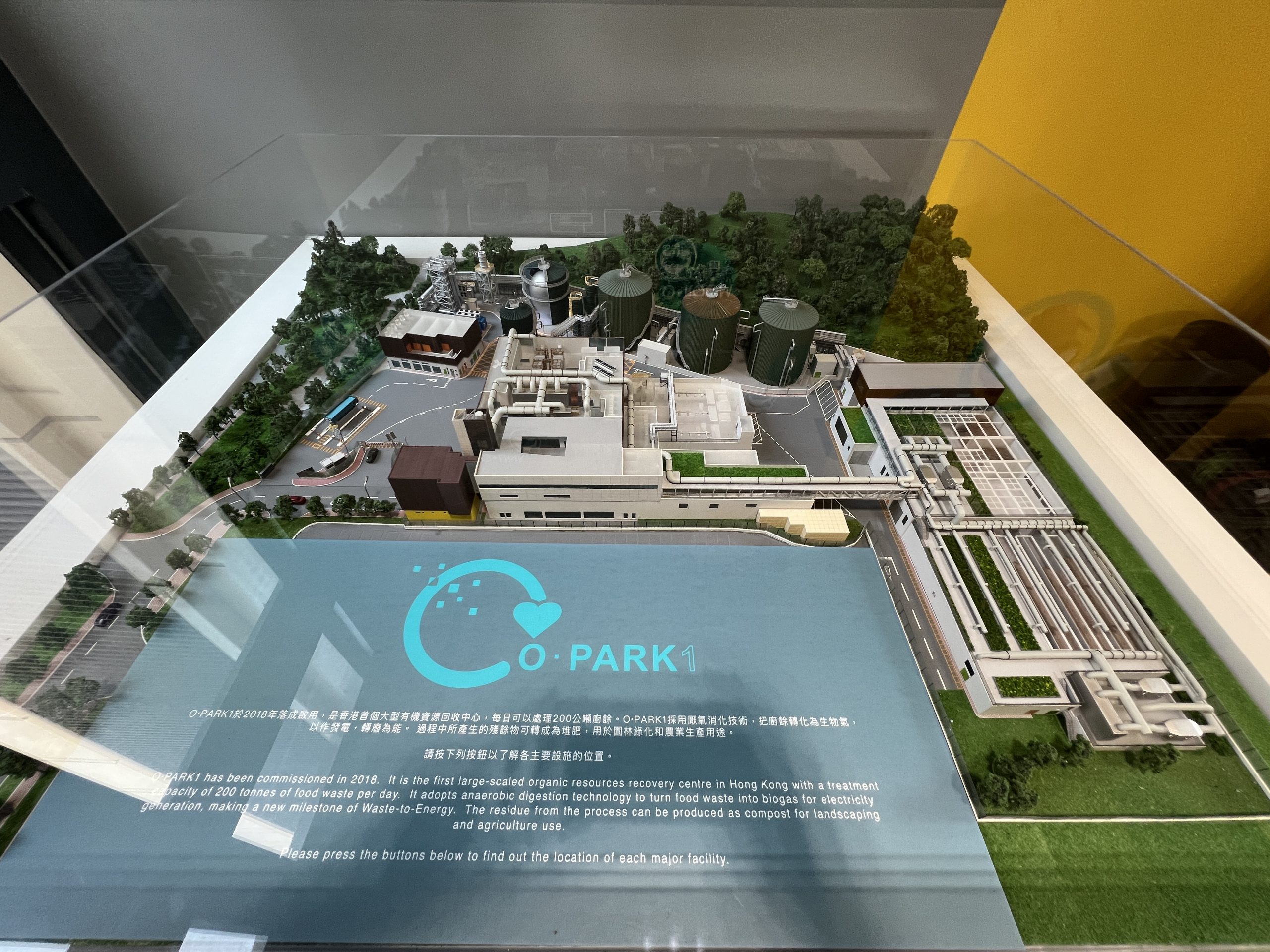
「有機資源回收中心(O PARK 1)」模型
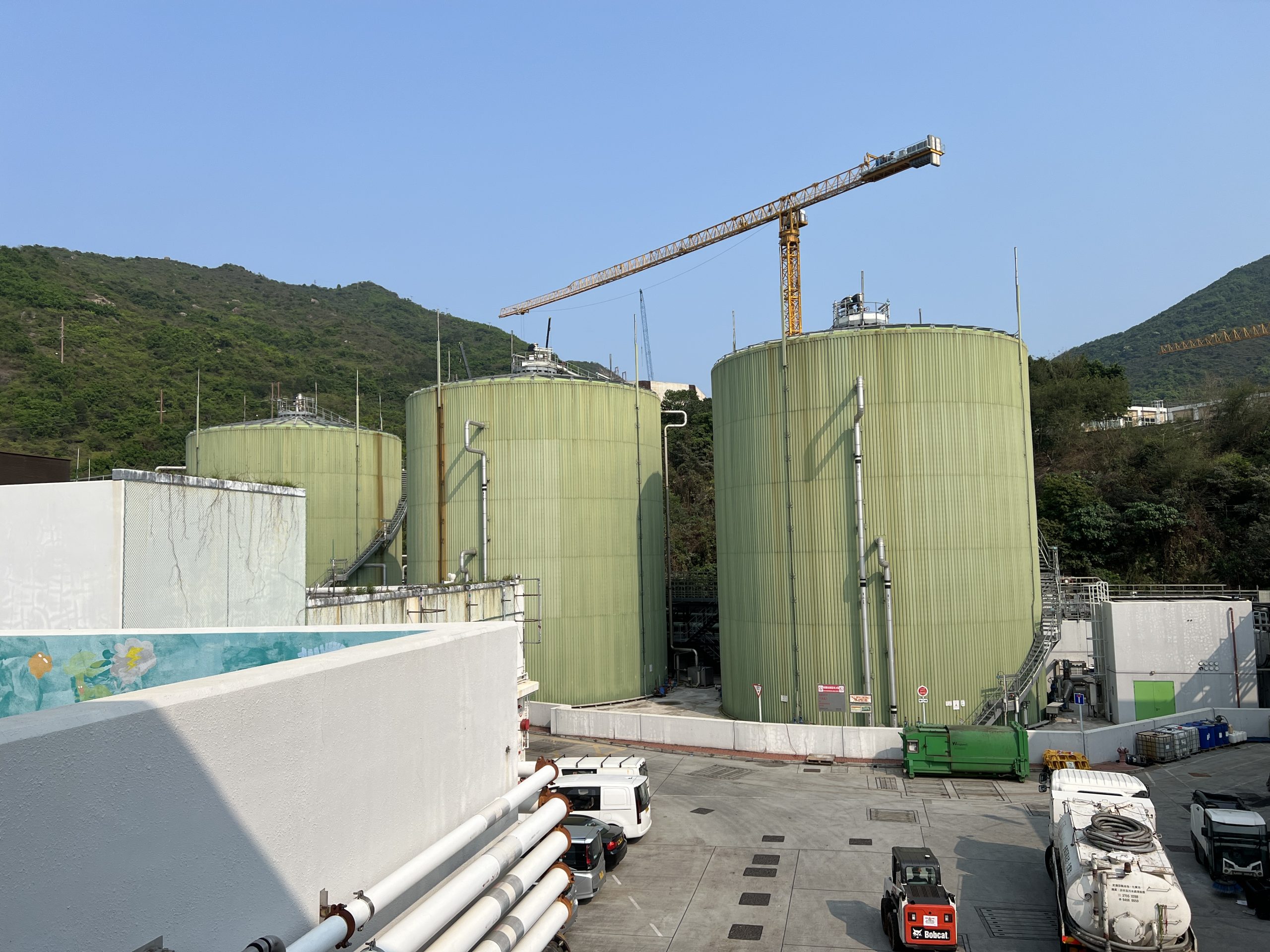
將廚餘轉化為生物氣的厭氧缸
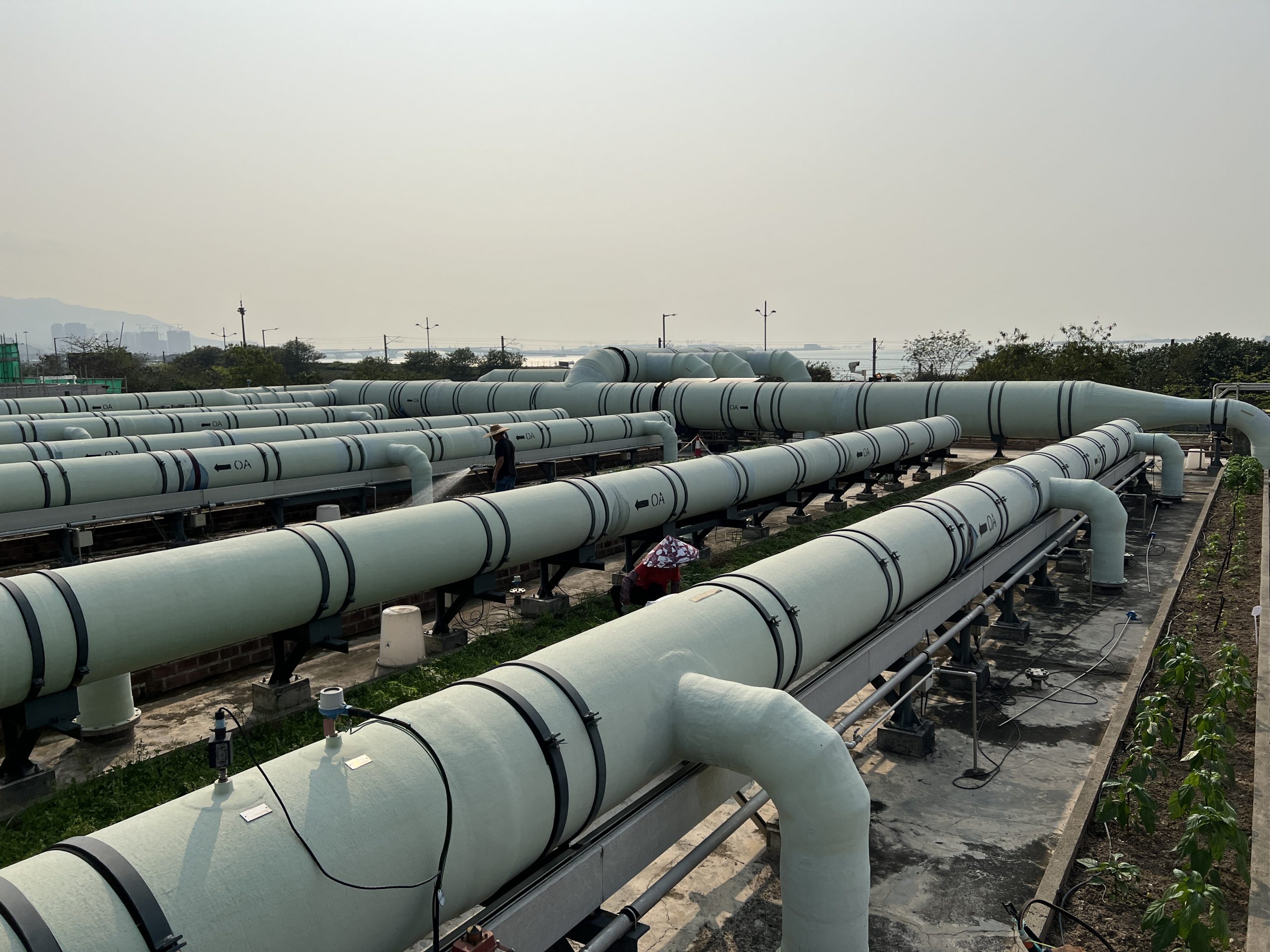
「有機資源回收中心(O PARK 1)」內的農場——O Farm,以殘餘物生產的堆肥種植園
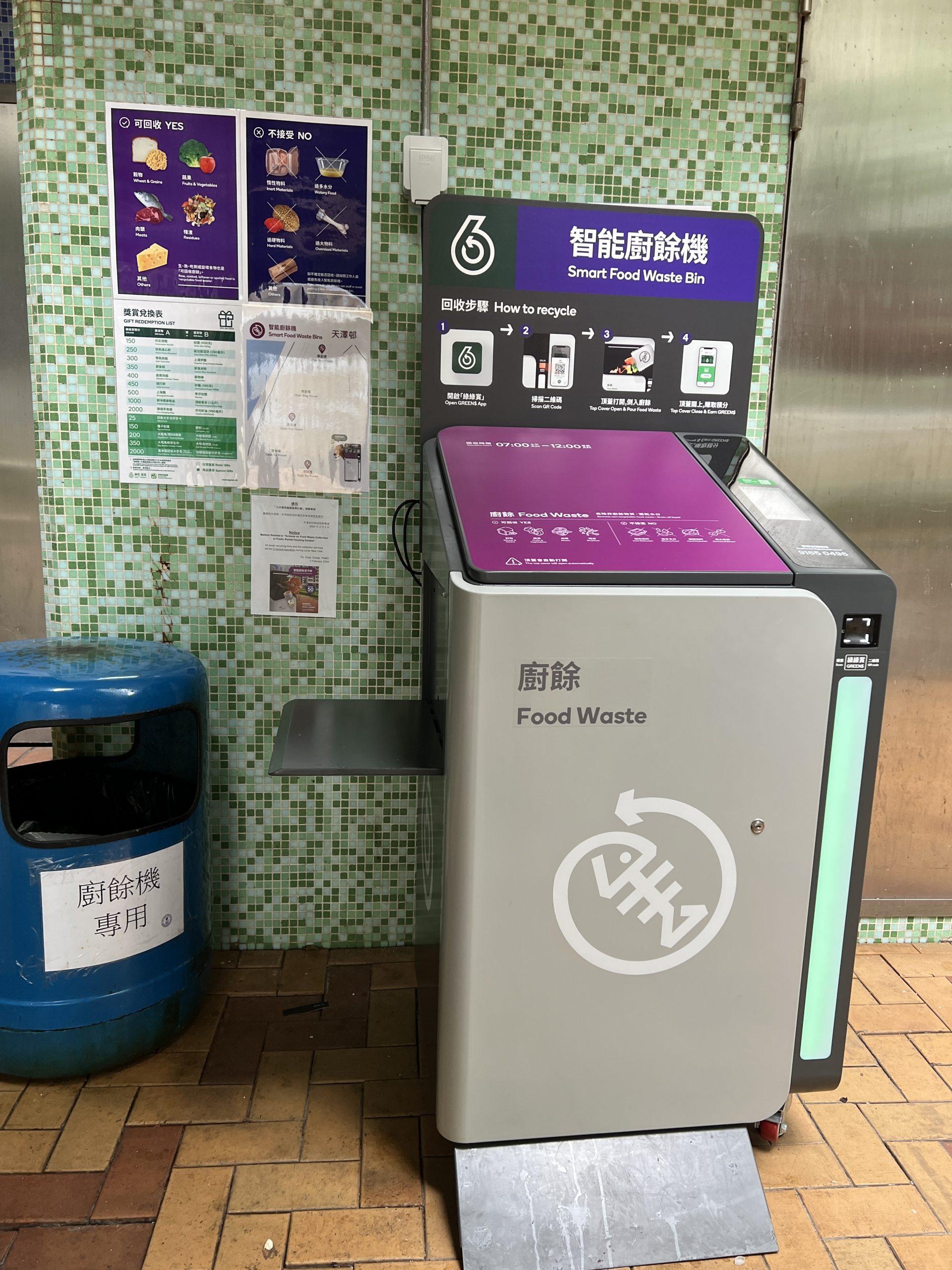
公共屋邨內的「智能廚餘回收桶」
參考資料:
- 香港減廢網站 https://www.wastereduction.gov.hk/zh-hk
- 有機資源回收中心(O PARK1 ) https://www.opark.gov.hk/tc/index.php
- 香港環境保護署 https://www.epd.gov.hk/epd/tc_chi/environmentinhk/waste/prob_solutions/food_waste_challenge.html#Food%20Waste%20Collection
Related News
- 1
- 2
Course Information (2024-25)
01 Geography Courses Briefing: Document
02 Course Guidelines: Document
03 School Environment-Friendly Arrangement: Document
04 Lunch Order Form: Document (For reference only)
05 City Field Trip Equipment Recommendation: Document
06 Rural Field Trip Equipment Recommendation: Document
07 Coach Quotations: Document
廣東道
二零二三年一月 第一期
廣東道
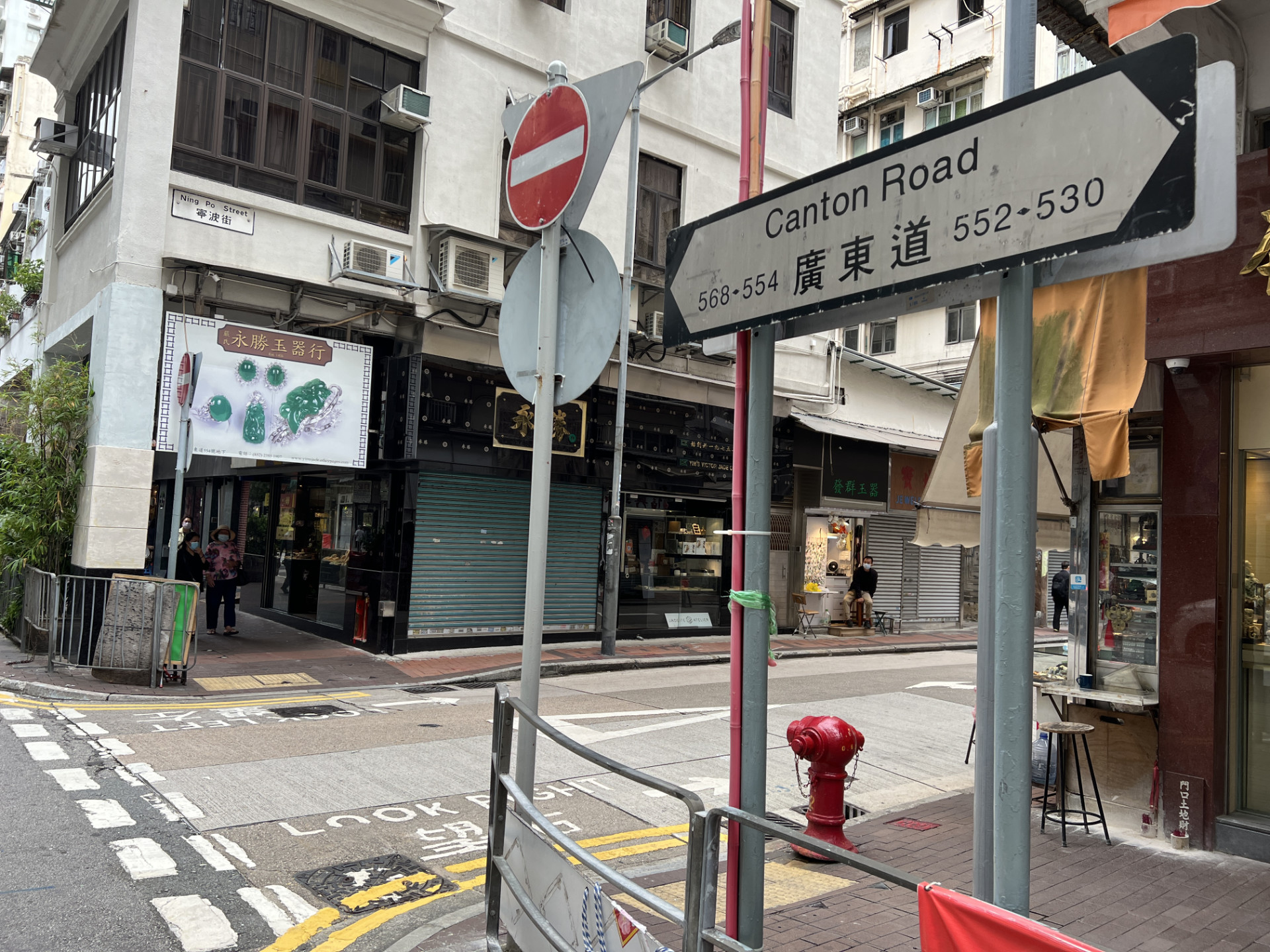 新年快樂!
新年快樂!
以往每逢聖誕平安夜、元旦除夕,廣東道都有倒數活動,熱鬧非常!如同美國紐約的時代廣場倒數一樣盛大。
廣東道給人的印象,可能就是節慶活動、名店林立、高檔消費品的集中地。你可知道原來廣東道還有很多的面貌呢?
廣東道全長三公里多,由尖沙咀開始,一直延伸至太子,與荔枝角道相接為止。而整條道路並不是由頭連貫到尾,而是被分拆成大概四段道路:(一)尖沙咀天星碼頭至渡船街、(二)佐敦道九龍佐治五世紀念公園至眾坊街、(三)東莞街至石龍街油麻地果欄、及(四)窩打老道至荔枝角道,一共橫跨尖沙咀、油麻地和旺角三個地區。
第一段是大家最熟悉的名店區,西九文化區的戲曲中心亦坐落其中;第二段是玉器店的集中地,雖然部分玉器店已搬到甘肅街的玉器市場之內,但仍有近百的批發商留在這裡;第三段只是一段約五十米的短街,南接駿發花園、北達油麻地果欄——果欄極具傳統墟市特色,且集生果批發和零售於一身,全盛時期共有三百多間果欄店舖聚集於此;第四段則與五金、電器、建材相關,油麻地窩打老道至旺角山東街這段多集中五金、電器,而旺角道至荔枝角道就以木材、天花建材為主。這兩段之間的廣東道卻是兩旁整齊的街市排檔,以販賣生果為主;每當華燈初上,這裡小販高嚷叫賣之聲此起彼落,星斗市民爭相揀選平價生果,滿溢著草根民生的氛圍。
四段廣東道的商店檔次、種類極盡不同,卻都各從其類,集聚經濟效益之現象清晰可見。大家平常逛街之時,不妨多留意兩旁的店舖特色,或許也會發現很多有趣之事。

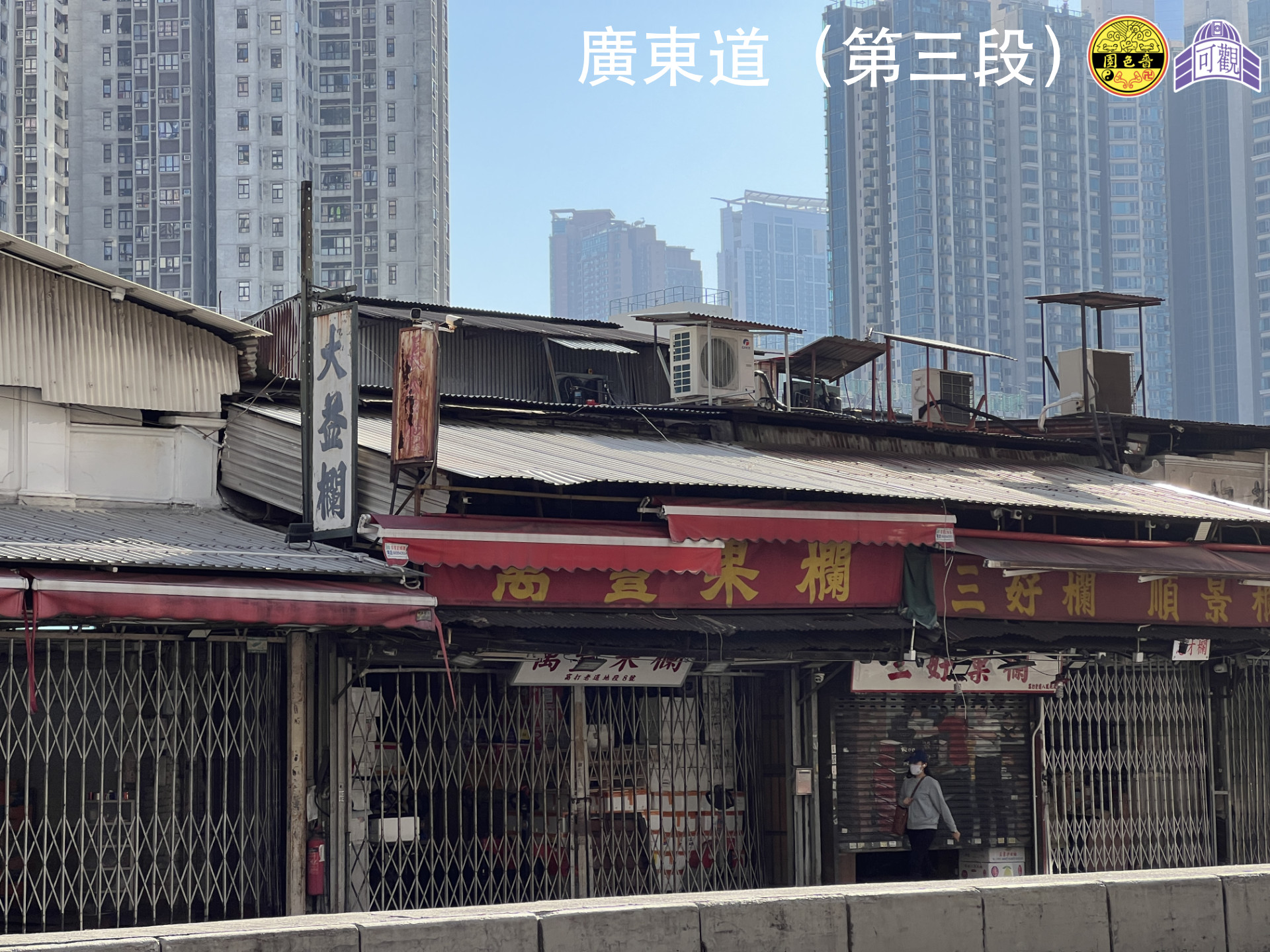
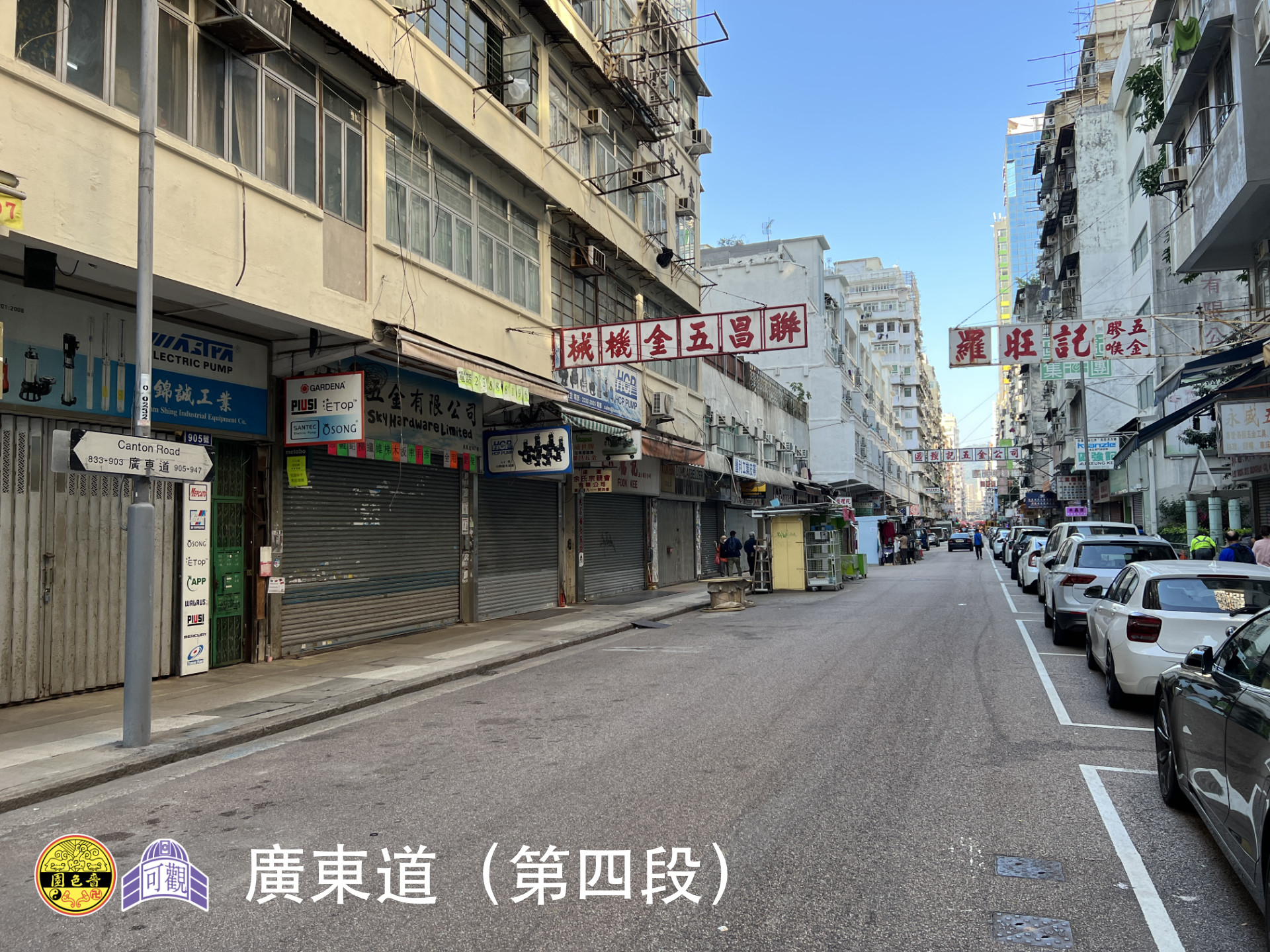
地理科老師
盧炳洪
Related News
- 1
- 2
1. Opportunities and Risks
Related Courses
High Island Reservoir & Sai Kung Town
Course content
The course allows students to learn about the opportunities and risks that the internal process of the past has brought to Hong Kong through field trip.
Types of courses provided
Enquiry Skills Approach 2.0
Handout
Enquiry Skills Approach 2.0: Opportunities and Risks (High Island): Opportunities and Risks (High Island)

Sharp Island & Sai Kung Town
Course content
The course allows students to learn about the opportunities and risks that the internal process of the past has brought to Hong Kong through field trip.
Types of courses provided
Enquiry Skills Approach 2.0
Handout
Enquiry Skills Approach 2.0: Opportunities and Risks (Sharp Island): Opportunities and Risk (Sharp Island)

2. Managing River and Coastal Environments
Related Courses
Stream Channel
Course content
The course allows students to study the fluvial processes of the Hong Kong stream. Through field trips to different river courses, students can explore the changes of characteristics among different courses as they travel down the river, such as velocity, discharge, slope gradient, and fluvial landform.
Types of courses provided
Instructional Approach
Enquiry Skills Approach 1.0
Enquiry Skills Approach 2.0
Handouts
Instructional Approach: Stream Channel
Enquiry Skills Approach 1.0: Stream Channel
Enquiry Skills Approach 2.0: Stream Channel
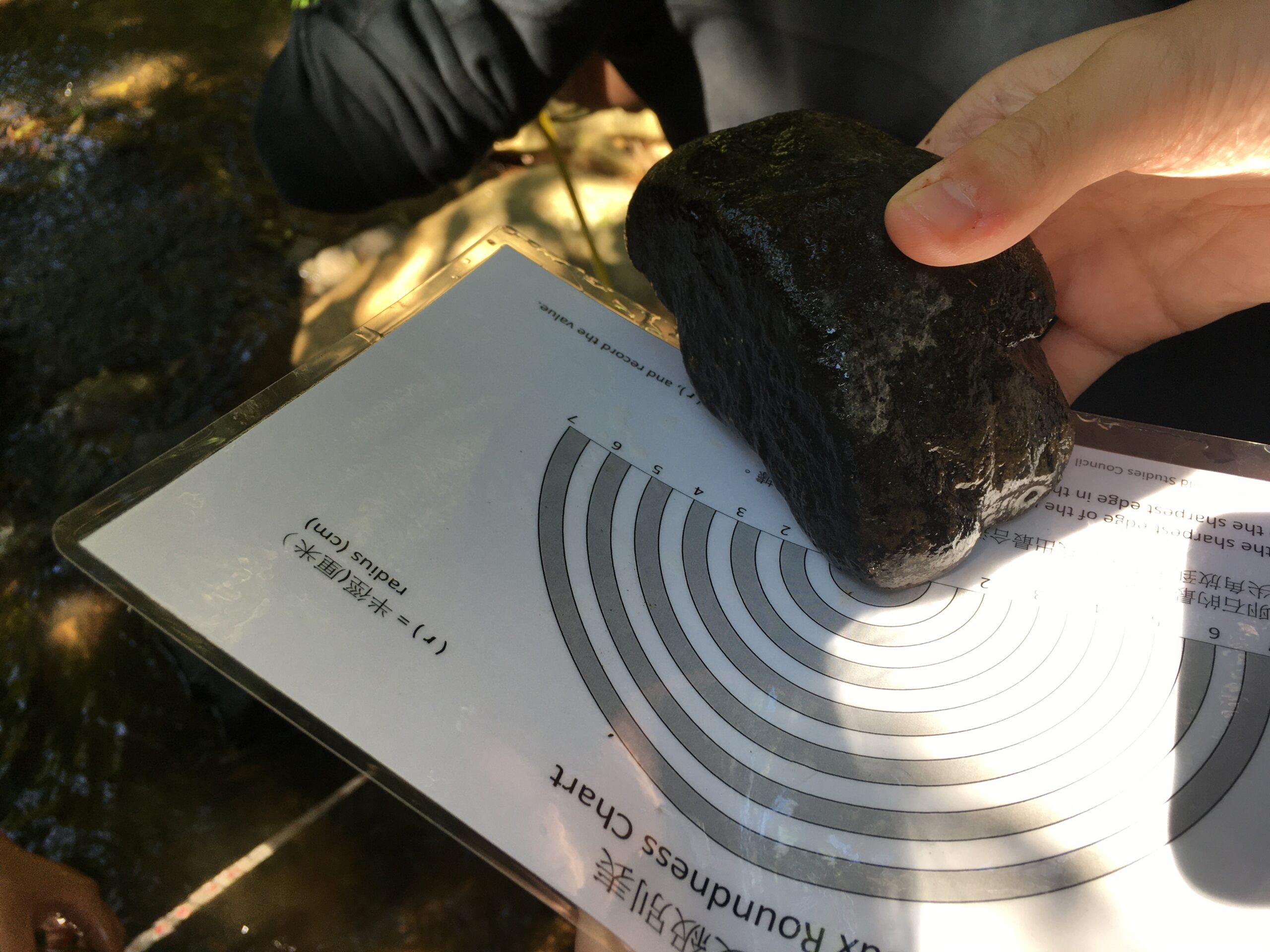
Stream Pollution
Course content
The course focuses on the study of the water quality of the Tai Tso Stream, allowing students to understand the relationship between human activities and the water quality of the stream by observing the surrounding land use and environmental conditions, and conducting physical and chemical tests both on the spot and in the laboratory. Through the course, students will understand the interaction between human activities and stream water quality in relation to the man-land relationship.
Types of courses provided
Instructional Approach
Enquiry Skills Approach 1.0
Handouts
Instructional Approach: Stream Pollution
Enquiry Skills Approach 1.0: Stream Pollution
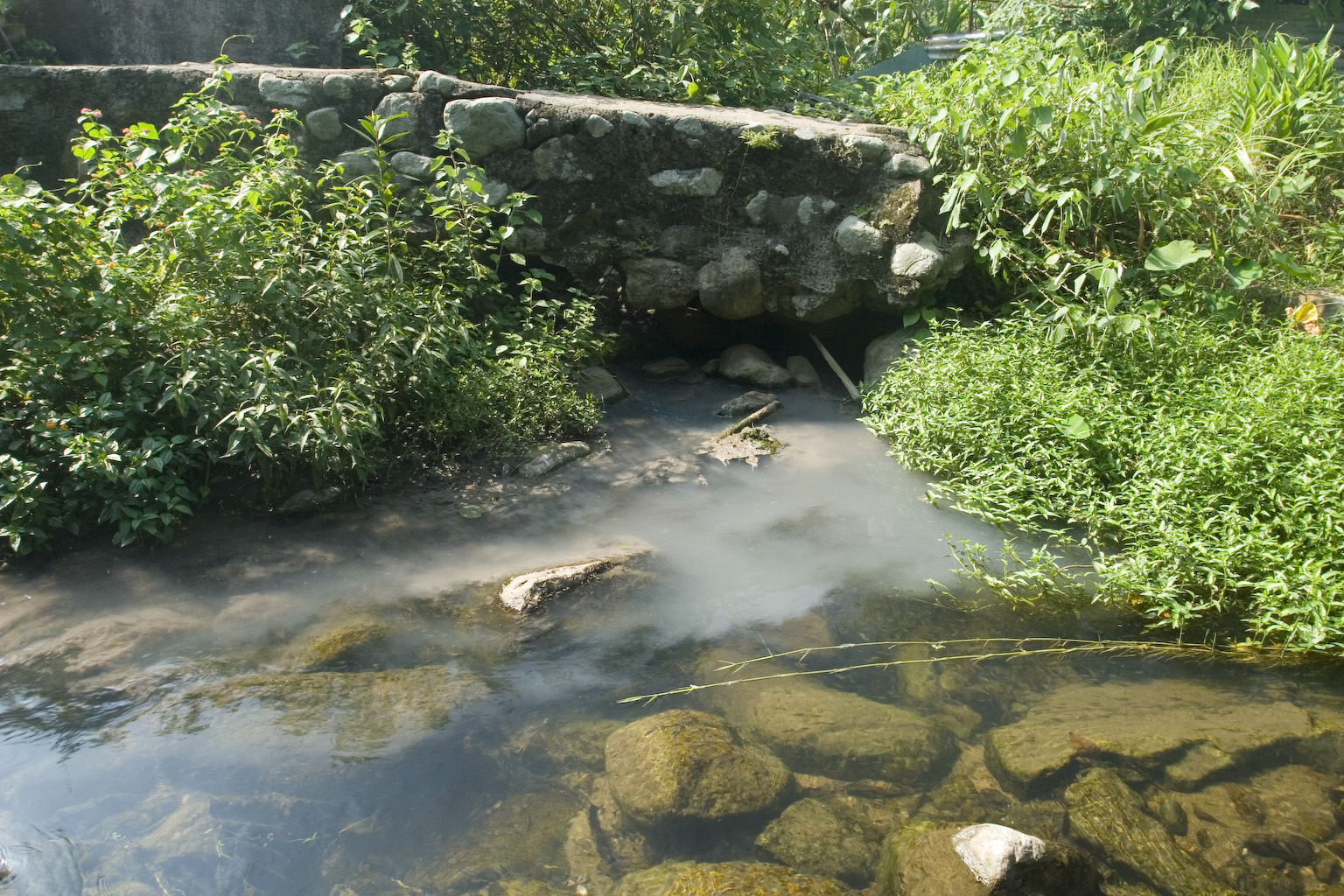
Coast Study
Course content
The course focuses on the study of the water quality of the Tai Tso Stream, allowing students to understand the relationship between human activities and the water quality of the stream by observing the surrounding land use and environmental conditions, and conducting physical and chemical tests both on the spot and in the laboratory. Through the course, students will understand the interaction between human activities and stream water quality in relation to the man-land relationship.
Types of courses provided
Instructional Approach
Enquiry Skills Approach 1.0
Enquiry Skills Approach 2.0
Handouts
nstructional Approach: Coast Study
Enquiry Skills Approach 1.0: Coast Study
Enquiry Skills Approach 2.0: Coast Study
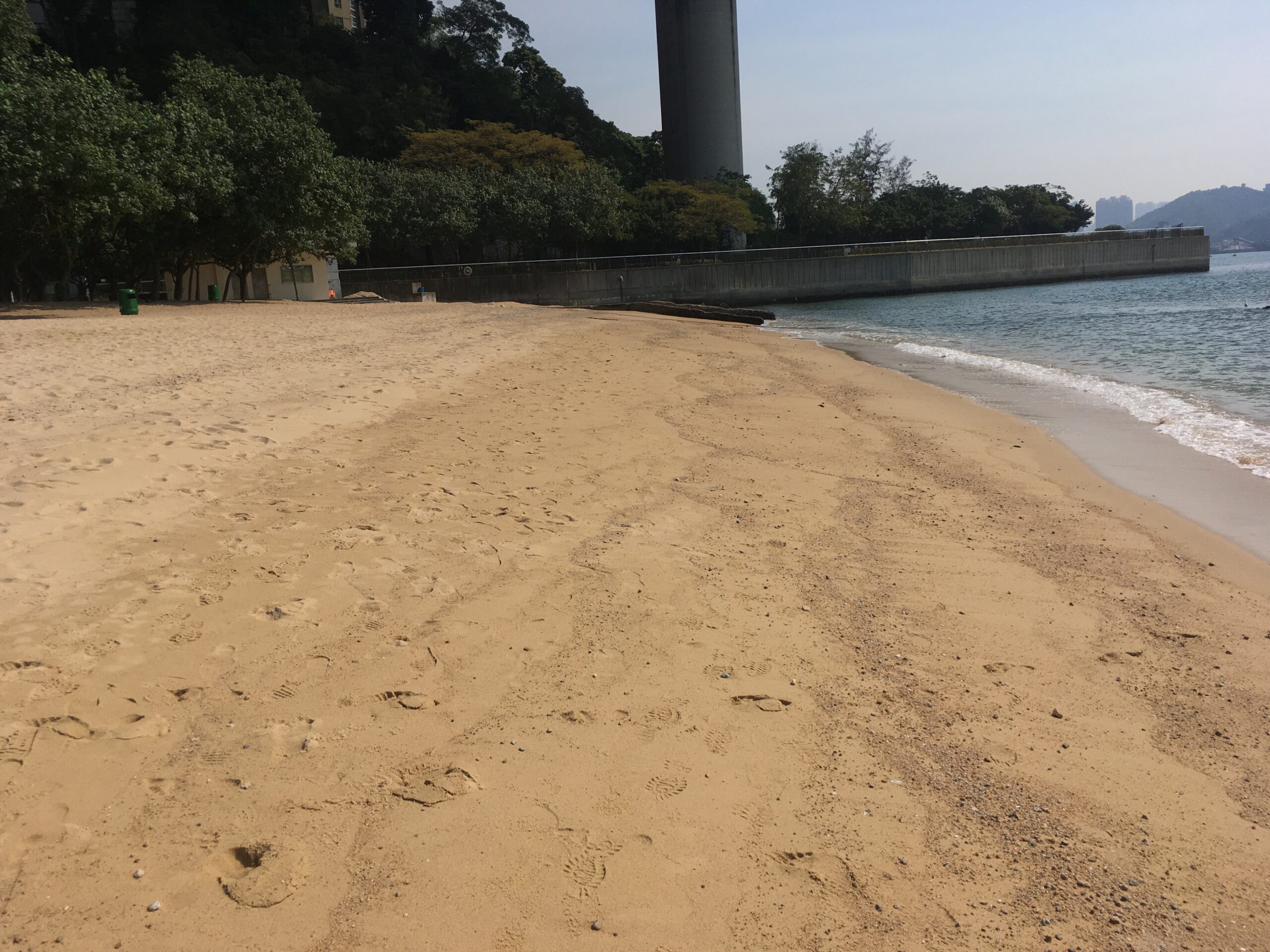
3. Changing Industrial Location
Related Courses
Industrial Location (Yuen Long)
Course content
The course allows students to understand the types, characteristics, and regional advantages of different industrial areas in Hong Kong, as well as their impact on the environment, thereby exploring the future industrial development of Hong Kong.
Types of courses provided
Instructional Approach
Enquiry Skills Approach 1.0
Handouts
Instructional Approach: Industrial Location (Yuen Long)
Enquiry Skills Approach 1.0: Industrial Location (Yuen Long)
Enquiry Skills Approach 2.0: Industrial Location (Yuen Long)
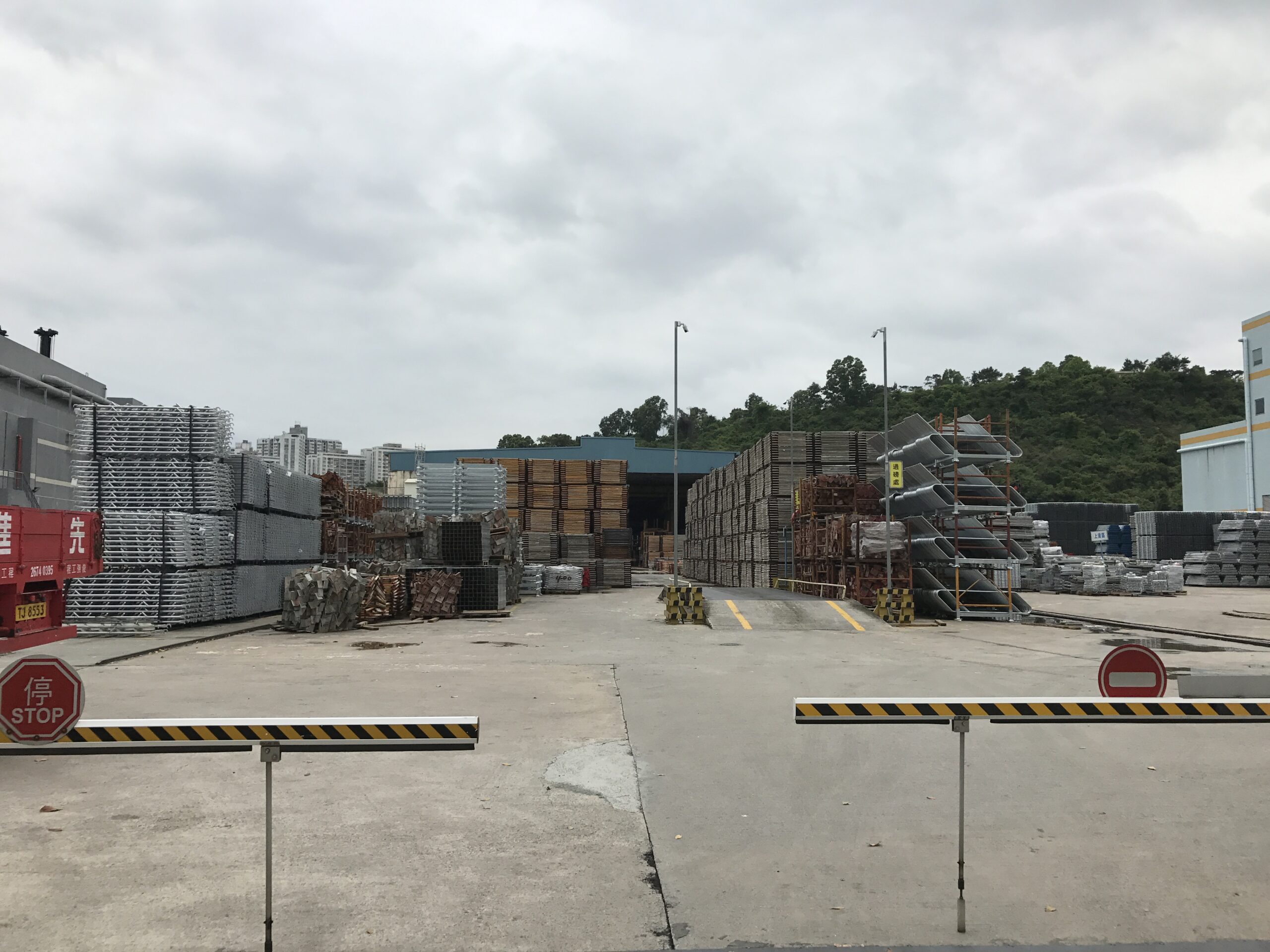
Industrial Location (Tai Po)
Course content
The course allows students to explore the industrial types, characteristics, and regional advantages of Tai Po Industrial Estate and Hong Kong Science Park, as well as their impact on the environment, thereby exploring the future industrial development of Hong Kong.
Types of courses provided
Enquiry Skills Approach 1.0
Handouts
Enquiry Skills Approach 1.0: Industrial Location (Tai Po)
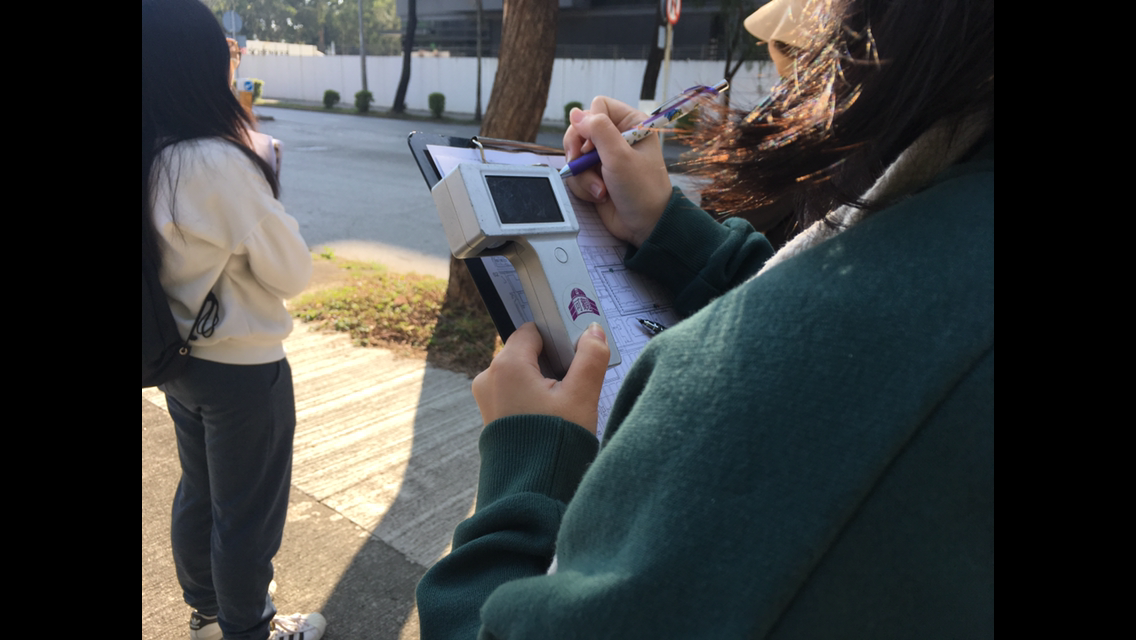
4. Building a Sustainable City
Sustainable Urban Development (Tsuen Wan)
Course content
The course allows students to explore the urban issues arising from the urban development of Tsuen Wan, and to study the urban renewal strategies of Tsuen Wan, thereby analyzing how the concept of sustainable development addresses urban issues today.
Types of courses provided
Instructional Approach
Enquiry Skills Approach 1.0
Enquiry Skills Approach 2.0
Handouts
Instructional Approach: Sustainable Urban Development (Tsuen Wan)
Enquiry Skills Approach 1.0: Sustainable Urban Development (Tsuen Wan)
Enquiry Skills Approach 2.0: Sustainable Urban Development (Tsuen Wan)
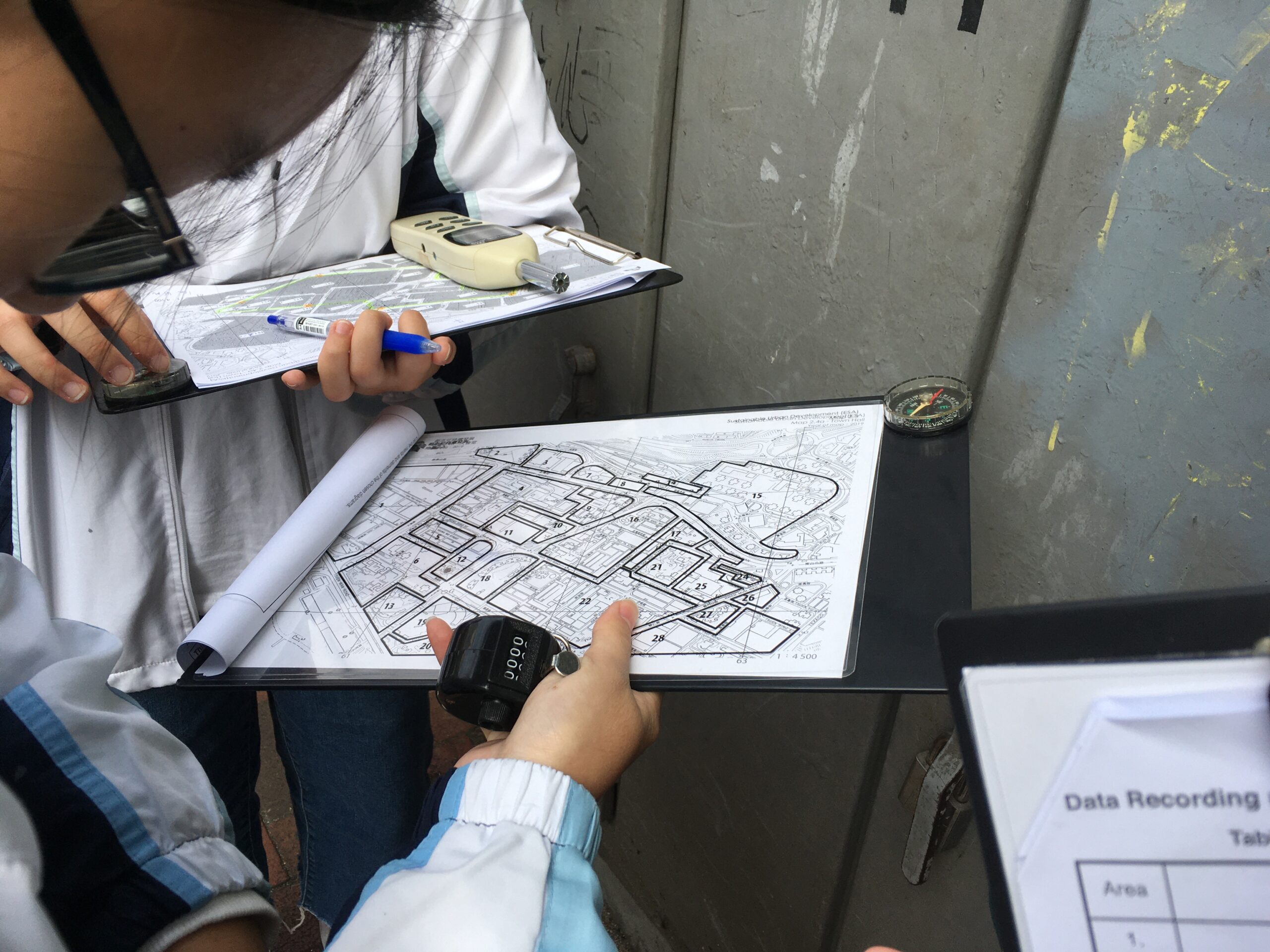
Tung Chung Urban Development
Course content
The course allows students to analyze and compare the characteristics and distribution of different agricultural systems in the region to explore the existing agricultural activities and changes in Hong Kong and study the sustainable development trend of agricultural activities in Hong Kong.
Types of courses provided
Enquiry Skills Approach 2.0
Handouts
Enquiry Skills Approach 2.0: Tung Chung Urban Development
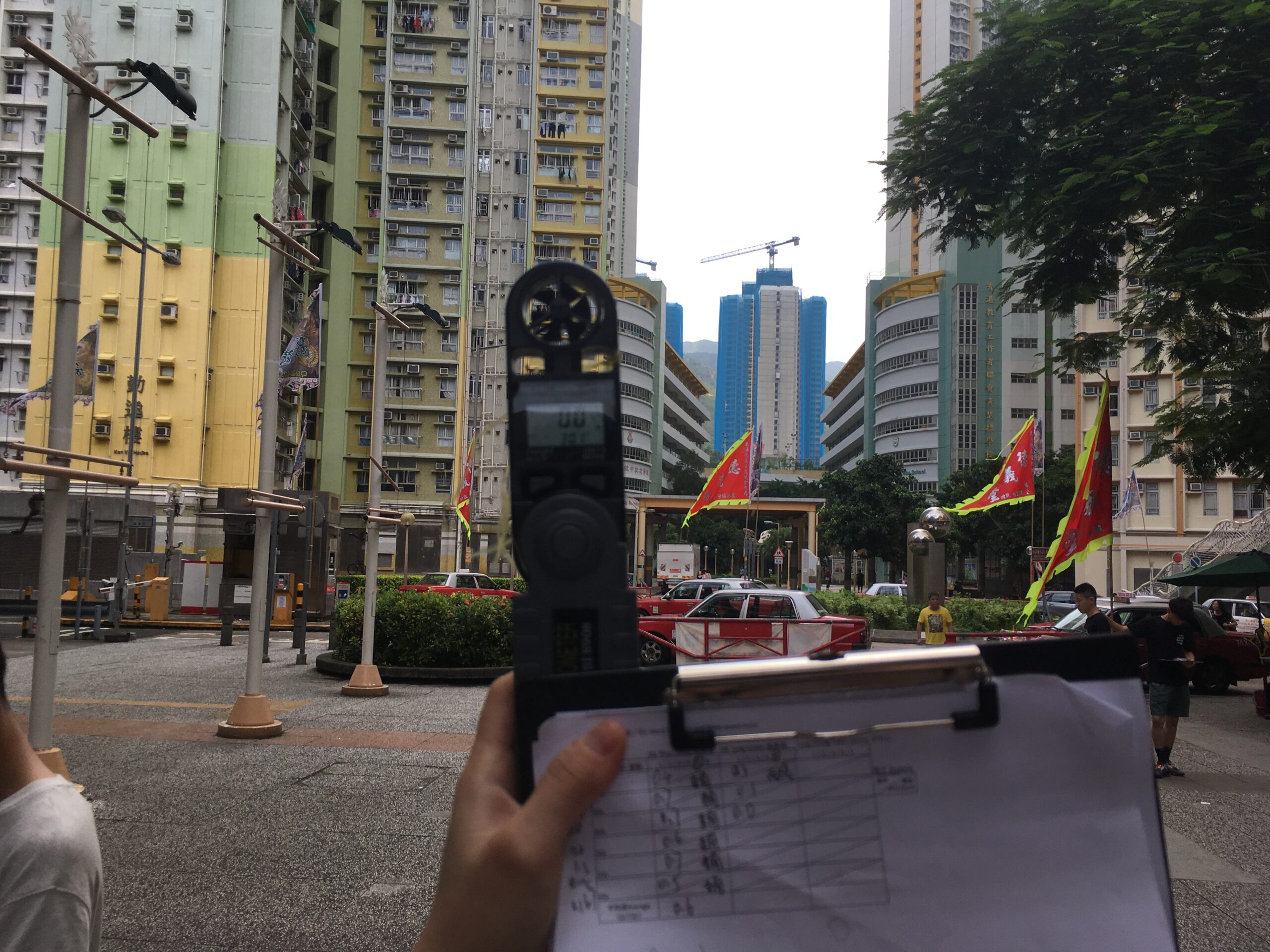
Changes of Rural Villages
Course content
The course allows students to understand the characteristics and distribution of different agricultural land in the countryside and to explore the impact of urban expansion on the countryside.
Types of courses provided
Instructional Approach
Enquiry Skills Approach 1.0
Enquiry Skills Approach 2.0
Handouts
Instructional Approach: Changes of Rural Villages
Enquiry Skills Approach 1.0: Changes of Rural Villages
Enquiry Skills Approach 2.0: Changes of Rural Villages
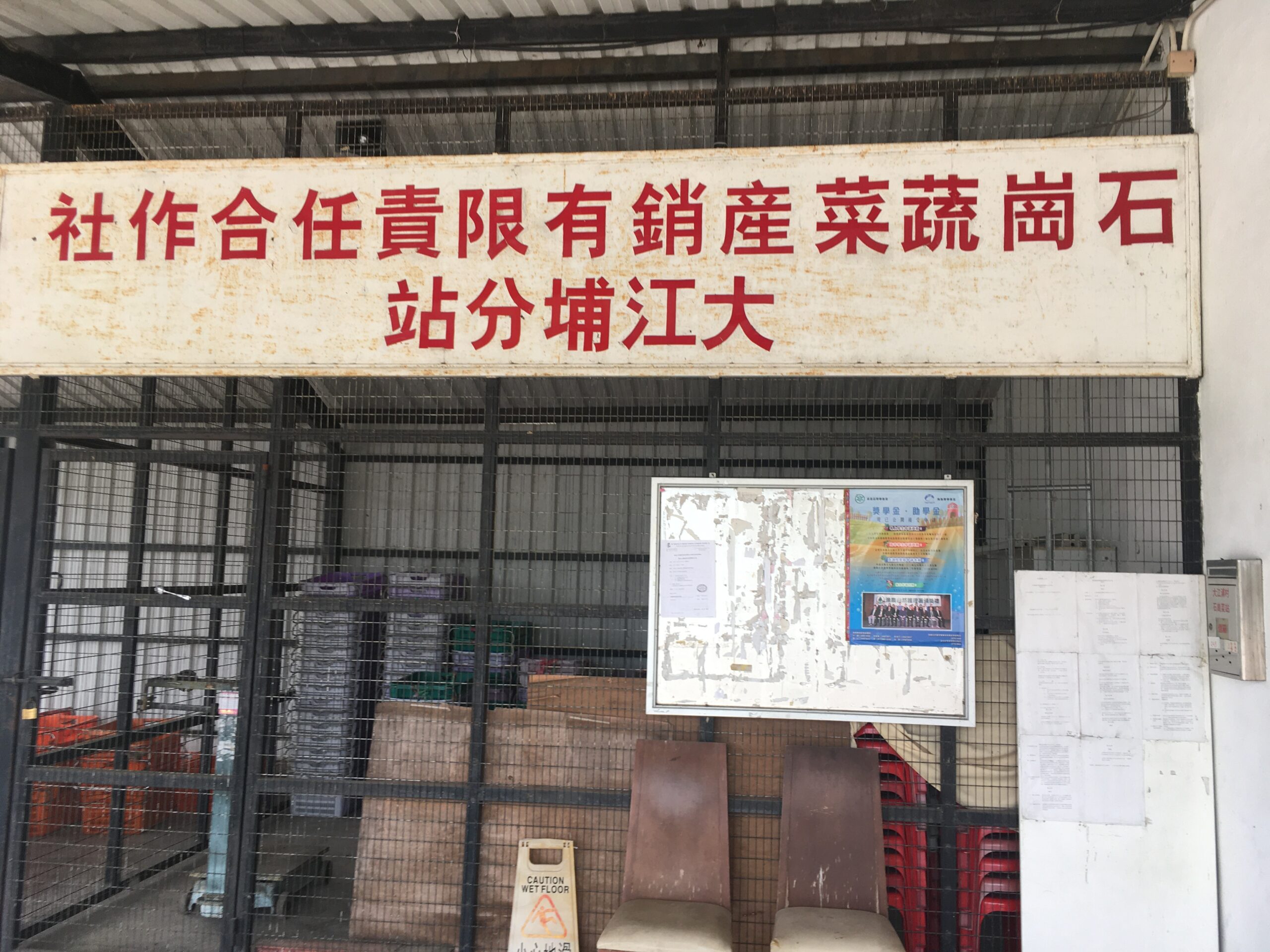
Rural Land Uses (Kam Tin)
Course content
The course allows students to analyze and compare the characteristics and distribution of different agricultural systems in the region to explore the existing agricultural activities and changes in Hong Kong and study the sustainable development trend of agricultural activities in Hong Kong.
Types of courses provided
Instructional Approach
Enquiry Skills Approach 1.0
Handouts
Instructional Approach: Rural Land Uses (Kam Tin)
Enquiry Skills Approach 1.0: Rural Land Uses (Kam Tin)
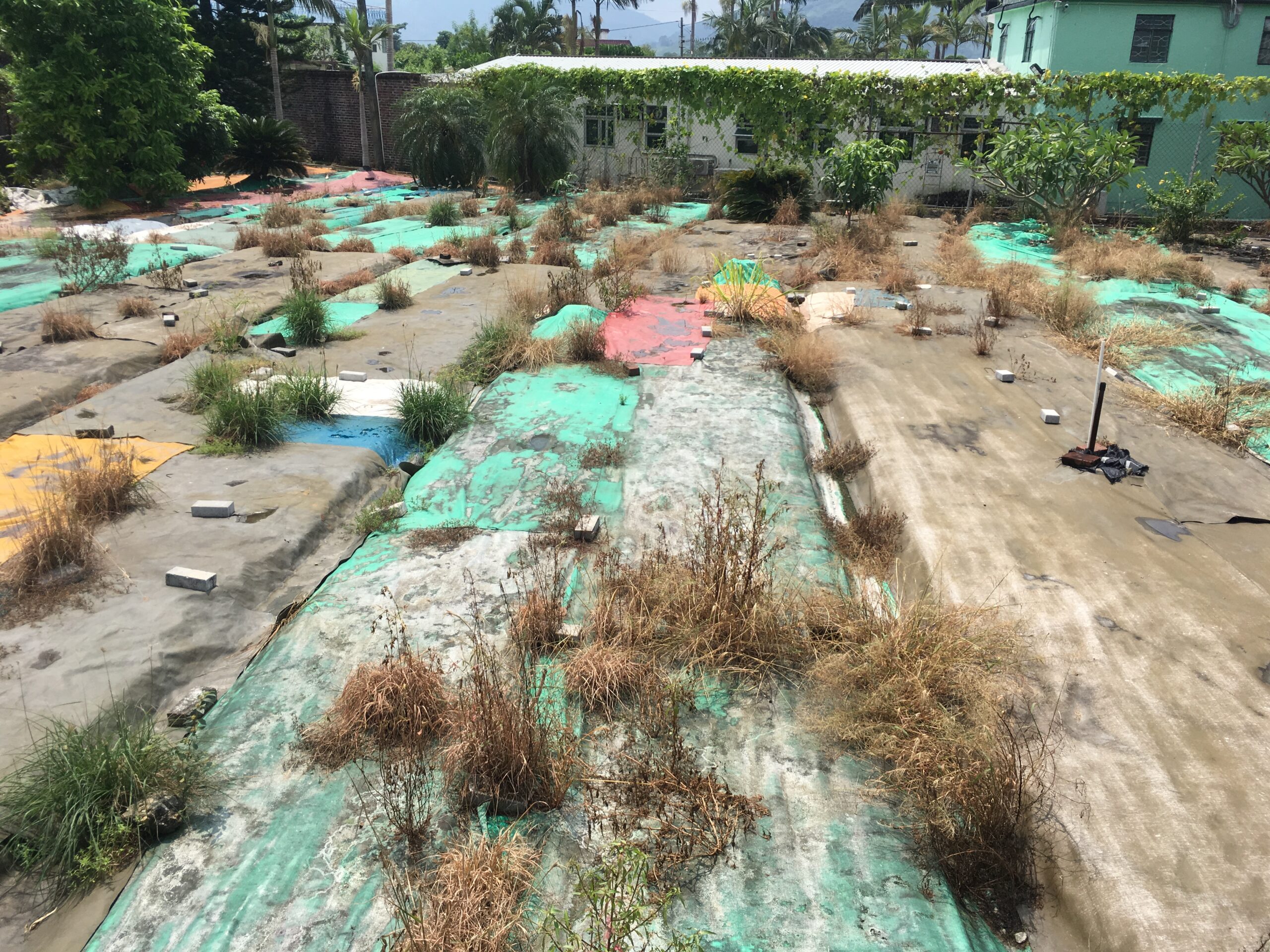
Spatial Distribution of Urban Activities in Sai Kung Town(Half-day Course)
Course content
The course allows students to understand the land use and spatial distribution of urban activities in Sai Kung, thereby analyzing the sustainable development of Sai Kung.
Types of courses provided
Instructional Approach
Handouts
Instructional Approach: Spatial Distribution of Urban Activities in Sai Kung Town
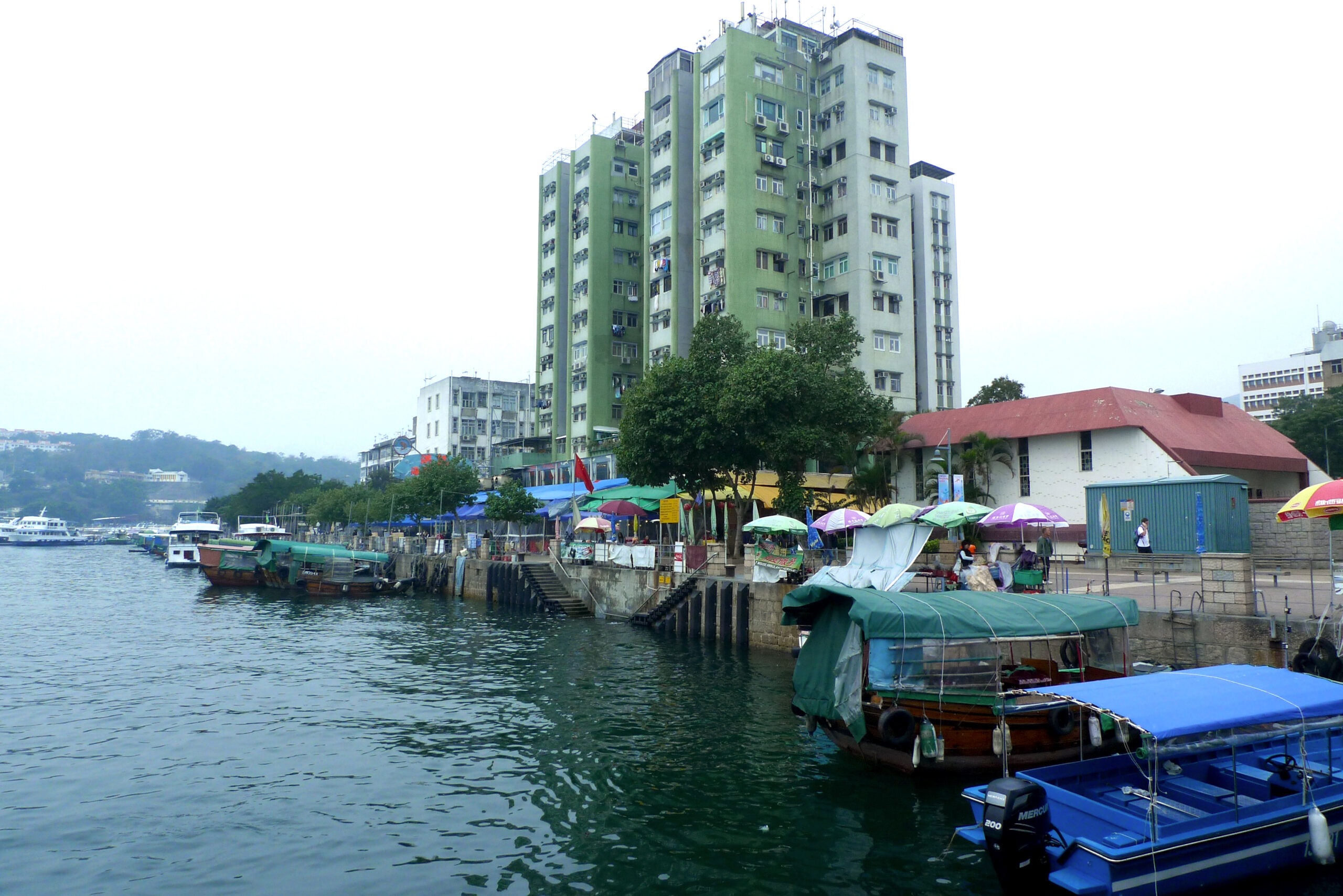
5. Combating Famine
Related Courses
Agricultural activities in Hong Kong (Kam Tin)
Course content
The course allows students to analyze and compare the characteristics and distribution of different agricultural systems in the region to explore the existing agricultural activities and changes in Hong Kong and study the sustainable development trend of agricultural activities in Hong Kong.
Types of courses provided
Instructional Approach
Enquiry Skills Approach 1.0
Enquiry Skills Approach 2.0
Handouts
Instructional Approach: Agricultural Activities in Hong Kong (Kam Tin)
Enquiry Skills Approach 1.0: Agricultural Activities in Hong Kong (Kam Tin)
Enquiry Skills Approach 2.0: Agricultural Activities in Hong Kong (Kam Tin)
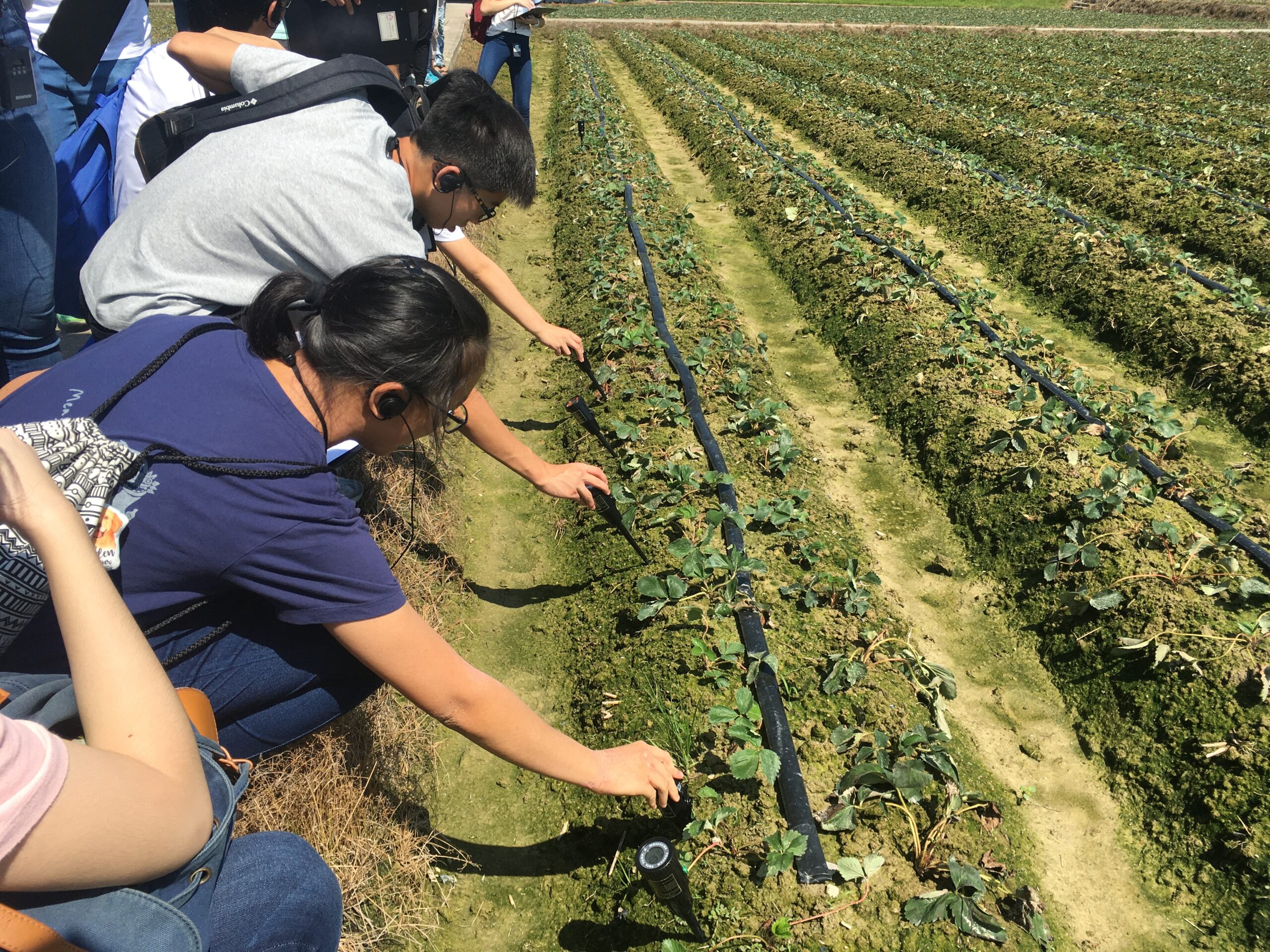
6. Disappearing Green Canopy
Related Courses
Woodland Ecosystem Study
Course content
The course mainly studies the forest structure of Chuen Lung. Students can explore the connections and interrelationships of abiotic and biotic factors within an ecosystem. In addition, students can analyze the relationship between forest microclimate and vegetation in the forest ecosystem.
Types of courses provided
Instructional Approach
Enquiry Skills Approach 2.0
Handouts
Instructional Approach: Woodland Ecosystem Study
Enquiry Skills Approach 2.0: Woodland Ecosystem Study
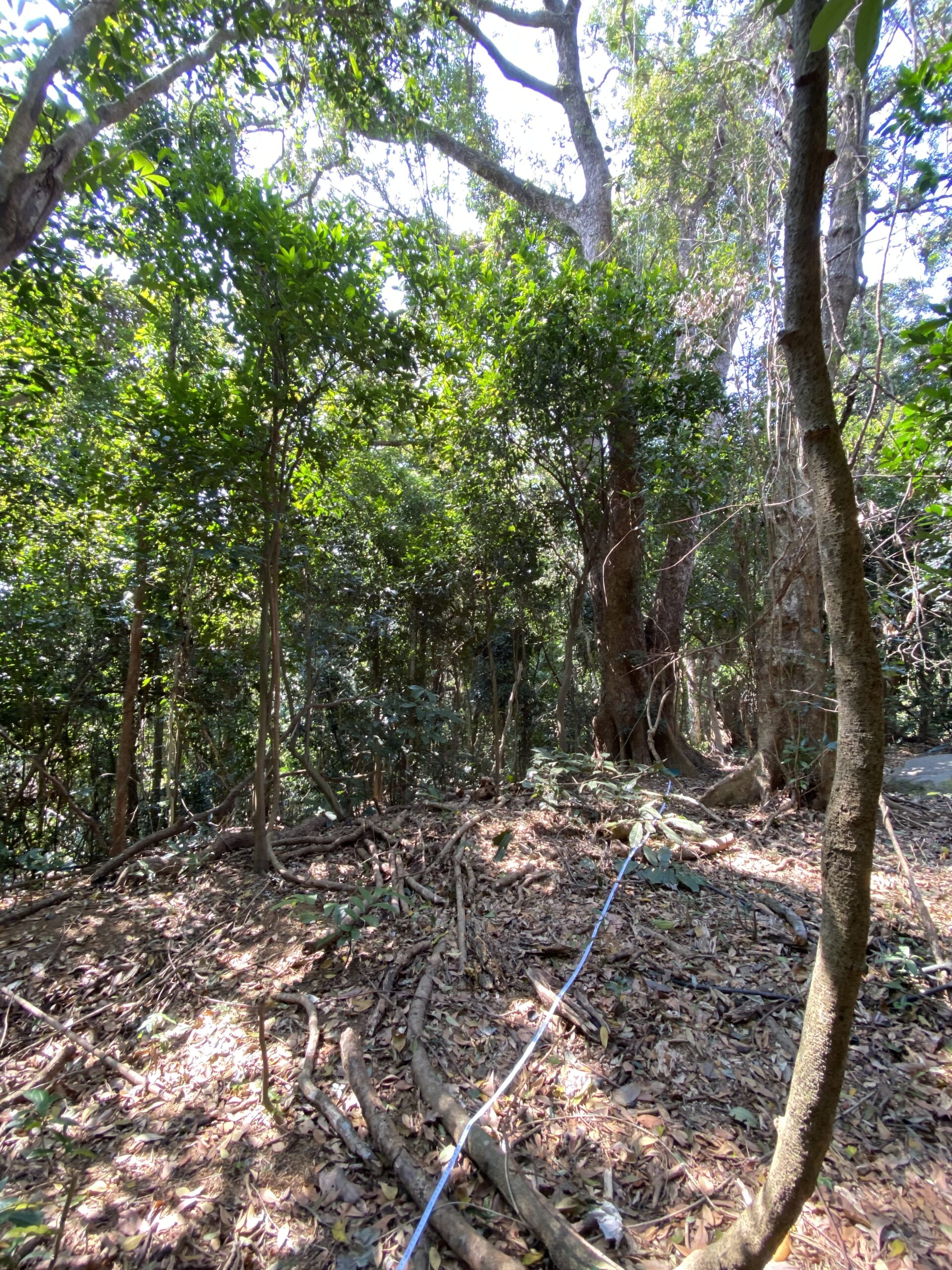
7. Climate Change
Related Courses
City Weather Study
Course content
The course allows students to identify the factors affecting the urban microclimate, the relationship between the geographical environment, land use, and urban weather of the field site, and discuss how to incorporate climatic conditions in sustainable urban planning.
Types of courses provided
Instructional Approach
Handouts
Instructional Approach: City Weather Study
Enquiry Skills Approach: Urban Microclimate Study

Climate Change Teaching Resources
Climate Change Mobile Application
Climate Change Fieldwork Examples
Climate Change Teaching Kit Web Site
Videos
YouTube:可觀Channel


